Open Sights vs. Low Power Scopes
Guest Blog by Matt Coulter
One of the privileges, and pleasures, of being a custom airgunsmith and, partly, a sort of "Ambassador" for a well known brand (DIANA), is that I get to meet extremely interesting persons.
In particular, I have found airgunners to be a special breed of shooters and hunters.
Most of us are VERY ETHICAL in our hunting practices, and also extremely sportspersonlike.
Not that we can be characterized as "Adults", LOL! but we are truly mature and rational "human beans" (yes, I do joke now and then).
For the most part.
Yes there are exceptions, but they are few and far between.
I met Matt Coulter when he reported in a well known forum (GTA) that his DIANA 48 would not cock and, finally, the cause was traced to the stem coming completely separated from the body of the piston. That, obviously, was a "Red Alert"; and with Matt's help, we were able to trace the lot and date where that piston was produced and steps were taken, and are still being taken, to improve on a method that is about 80 years old and that was useful when materials and precision machining capabilities were not what they are today.
Matt has an excellent background on Photography and Technical Writing, so it was almost natural for me to invite him to write, not about that piston, UMAREX stood honourably up to the plate and that situation was resolved, but on a specific interest of his, which was shooting with light-weight guns and, in particular, iron sights.
We've been working at this over the last 8 months, and there have been some of the normal (to spring-guns) disruptions and "events". All in all, Matt handled them all with aplomb and the resulting article is full of useful information that, for sure, will help those airgunners that are interested in good marksmanship, but not at the cost of adding a 2 lb optical "brick" atop their airguns.
So, without further ado, here are Matt's experiences and findings, hope you all enjoy the hard work presented here as much as I did.
Part 1.- The gun, The scope, The shooter
Late last year I shared this scope-busting experience in an online post titled “Open sight fun w/D48” on the Gateway to Airguns forum. Following this post came an offer to evaluate a diminutive, low-power scope. To be quite blunt, I would have been quick to overlook this little scope when researching options for a new scope. Outside of this offer to check it out, this specific model scope would not have been on my radar.
And I’ll just come out and say it... on paper it’s really hard to get excited about a 3x32 scope. But hold on a minute - I’m really glad that I’ve been able to shoot with this glass. There’s a TON that can be learned from a low-power scope.
Oh, by the way, I should also mention this is actually a crossbow scope. Yes, a crossbow scope. Specifically the Sightmark Core SX 3x32 Crossbow Scope. (Note by the Editor.- This scope is now discontinued and has been replaced by the 1.5-4.5X32 scope that presents the same facilities and more versatility)
Below are five revelations from shooting with the Core SX scope:
1. Weight matters
Eight ounces may not sound like much, but when this mass is perched up on top of your rifle in rings, that extra half-pound difference can definitely be felt. The Core SX scope weighs in at 14 ounces and that’s a nice savings that can be felt over the 22 ounces of the other scopes I’ve used.
2. Size matters
Admitted “your mileage may vary” here, but the action of “pointing” my Diana 48 feels great and more natural with the smaller scope just like with open-sights.
Also, low rings can typically be used with this 32mm scope where my other 44mm scopes need medium or high rings.
Sightmark Core SX = 8.9 inches long
3-12x44 compact = 11.2 inches long
4-16x40 = 14.6 inches long
3. KISS and relax
“Keep It Simple, Stupid” or KISS is a laudable credo to follow. It is also one that pretty much defines the Core SX. Its magnification is fixed at 3-power and its parallax set for 30 yards. It does have an adjustable diopter (3 to -3), of course it has windage and elevation adjustments (.5 MOA), and an illuminated reticle. The reticle markings are finely etched (not fat wires) and are quite crisp. The crosshairs and four holdover points below it are very easy to read and are specifically configured for crossbow usage. These holdover points and are calibrated to 20, 30, 40, 50, and 60 yards with a crossbow shooting at 320 fps.
Spoiler alert - you may not need very many of the hold-over points with your typical airgun at 3x power :-)
The bulk of my shooting at 25 yards. I can truly say that I was all smiles shooting at this distance with the Core SX. While seeing how this scope and my rifle got along, it was not long before individual shots became groups. Then those groups became defined enough to see through - even with a 3x scope at 75 feet!
The first view that I took through the scope after mounting it was an interesting combination of amazement and disappointment. I was amazed at the brightness and sharpness of the image, but I was feeling deflated by the fact that the scope’s low-magnification allowed the barrel to be clearly visible in the bottom of the scope’s sight picture. This dark blob at the bottom of the sight-picture slowly became something new and rather unexpected. Seeing the barrel can actually be a HUGE advantage!
No, I’m not talking about hocus-pocus here, but saying that the scope “disappeared” really was the best way to describe how it seems shooting with this scope. I’m sure this effect is just a combination of the scope’s low-magnification and large exit pupil, but more than any scope that I have used, this one allows me to see and visually engage both what is inside the scope’s field-of-view along with what is within my peripheral vision. I found my brain really was able to blend the two seamlessly.
The week following my initial scope testing brought weather that cooperated well enough to continue testing with the Sightmark crossbow scope. Even though the weather in Central New York is typical for mid-winter - cold with temperatures hovering around 20f - the wind was manageable, so testing was a go!
I’m fortunate enough to live in a location where I’m able to shoot to distances just over 60 yards in my backyard which I would consider a reasonable upper limit for target shooting with a 3x scope. Most importantly, this time of year, I was able to do this from inside a nice shed to be out of the elements.
Speaking of bullseyes, I did not have any trouble seeing ¾ inch stickers at distances up to 40 yards. At 50 and 60 yards I switched 2 inch splatterburst stickers for better visibility and perhaps better consistency.
In short, this scope has been a pleasure to use. There is a lot to be said for its relative light weight and size. It truly matches-up well to the Diana/RWS 48 air rifle with its shorter length-of-pull. The scope’s clarity is great and this certainly contributes to it's ability to be VERY accurate out to 40 yards on targets that are ¾ of an inch in size. At 50 to 60 yard distances a ¾ inch dot is too difficult to resolve (to this shooter’s eyes at least) to accurately place the point-of-aim.
I will also be performing some comparisons to shooting unscoped with the rifle’s open-sights at varying distances. Stay tuned!
After sending many pellets downrange using the Sightmark Core SX 3x32 VXR-L Crossbow scope on my .22 caliber RWS / Diana 48, I wanted to see how I may be able to simplify using this scope in a hunting scenario. Since real quarry typically refuse to hang out at the distances I specify, I decided to use the goat from the Air Venturi Airgun Metal Silhouette target pack!
In my case, I found two aiming-points covered the 15 to 35 yard distances which I suspect are some of the most common distances for backyard hunters. I have also included a closer distance (8-yards) and the longest distance I felt comfortable shooting my silhouette (40-yards)
o 8-yards = use second set of crosshairs (set one down from main crosshairs)
In graphical terms:
The added "advantage" of a low magnification scope is that it is not easy to forget where the limit of an ethical shot lies.
High magnification scopes makes targets look so big that we may take a shot we really should not have.
Part 2.- Using Open Sights
Up to this point my “go-to” target was a 3/4 inch colored dot sticker that is found in most any Walmart or office supply store. These brightly colored dots just plain work for me. I can slap as many (or as few) of these on normal paper and just shoot. However, this time shooting 3/4 inch dots at 20-yards without magnification simply wasn’t possible for my eyes. It took me less than 5-shots to figure this one out! I next tried drawing similarly sized black dots with a Sharpie marker. Nope, not going to work either…
After going through a zeroing and then shooting targets at 10, 15, 20, 25, 30, and 35 yards, I learned a few more lessons!
One: the amount of adjustment / compensation needed in my sight picture is absolutely minimal. Where I could use distinct parts of the crosshairs in the scope for repeatable aiming, I found myself measuring changes in “smidgens”… as in “place the post a smidgen higher”.
And two: even a 2-inch target is small at 30-yards!
Three: The harder you look at your target, the more “evasive” it becomes. I think the best way to describe this is to analogize to stargazing. Have you ever tried to look at a faint star only to have it hide from you when you try to focus on it? To see it you almost have to look just to the side of it. While the effect was not quite as dramatic as stargazing, the target does seem to get more evasive the longer you try to look at it!
Here are my sample targets where I was compensating for the trajectory. There are three shots on each target. As you can see my “smidgen” adjustment for closer distances (10 and 15-yards) still placed the shots a bit high. The 20-yard target was my zero and 25-yards was just as good. But you can see my “groups” falling apart at 30 and 35 yards. Based on this I would limit myself to 25-yards when hunting with open-sights.
This is the normal view of a 30 yards target:
So bringing the discussion back to hunting, I wanted to compare my performance shooting the goat from the Air Venturi Airgun Metal Silhouette target pack just as I did with the Sightmark scope. But before jumping to those results, let’s compare this 3-inch silhouette to a typical squirrel. As you can see the metal goat is pretty compact.
· 10 yards = hit
In conclusion,
This has been an awesome project to work through! More than anything else, doing this has reinforced the benefits that even a low-magnification scope brings. Namely, repeatable aim-points and added “resolution” of your target. I would encourage every reader who has a pellet gun with open sights to spend a few days shooting without your scope. It will give you both a new appreciation of those who have gone before us who did amazing things never having a scope, you get a feel for what your rifle may feel like when it sheds the weight of your scope, and it’s fun!
The flip-side of this is a bit more practical. In my opinion, this modest crossbow scope is an AWESOME tool. It really does have a great image and adds little weight to you gun. Most importantly, it WILL allow more accurate shot placement with a minimum of fuss.
Matt Coulter
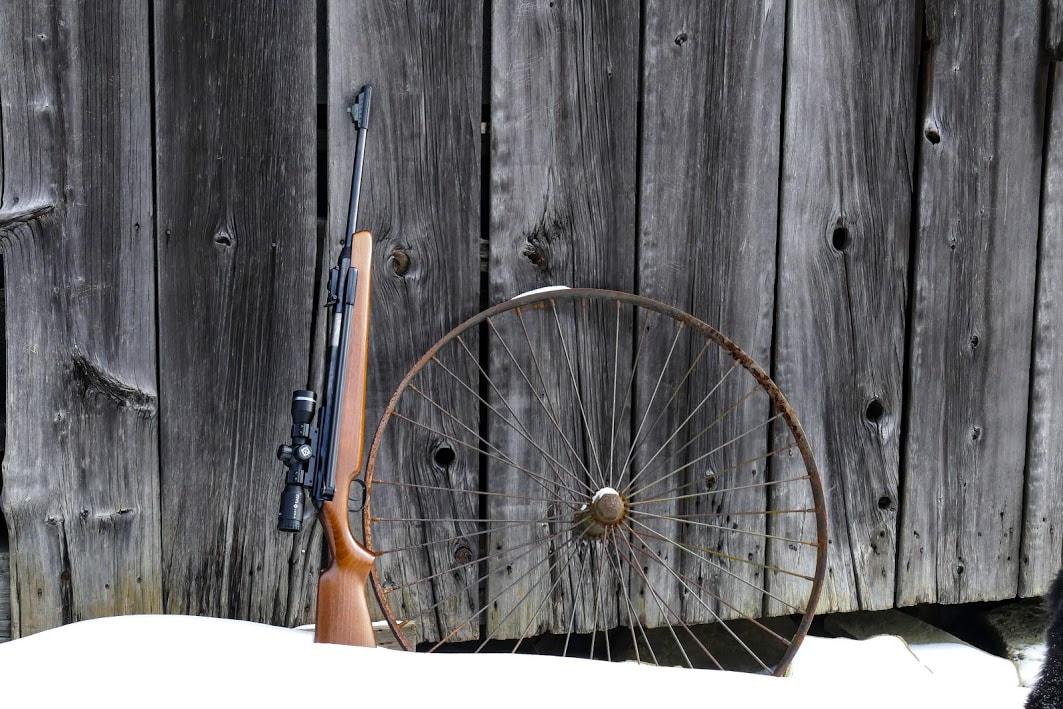
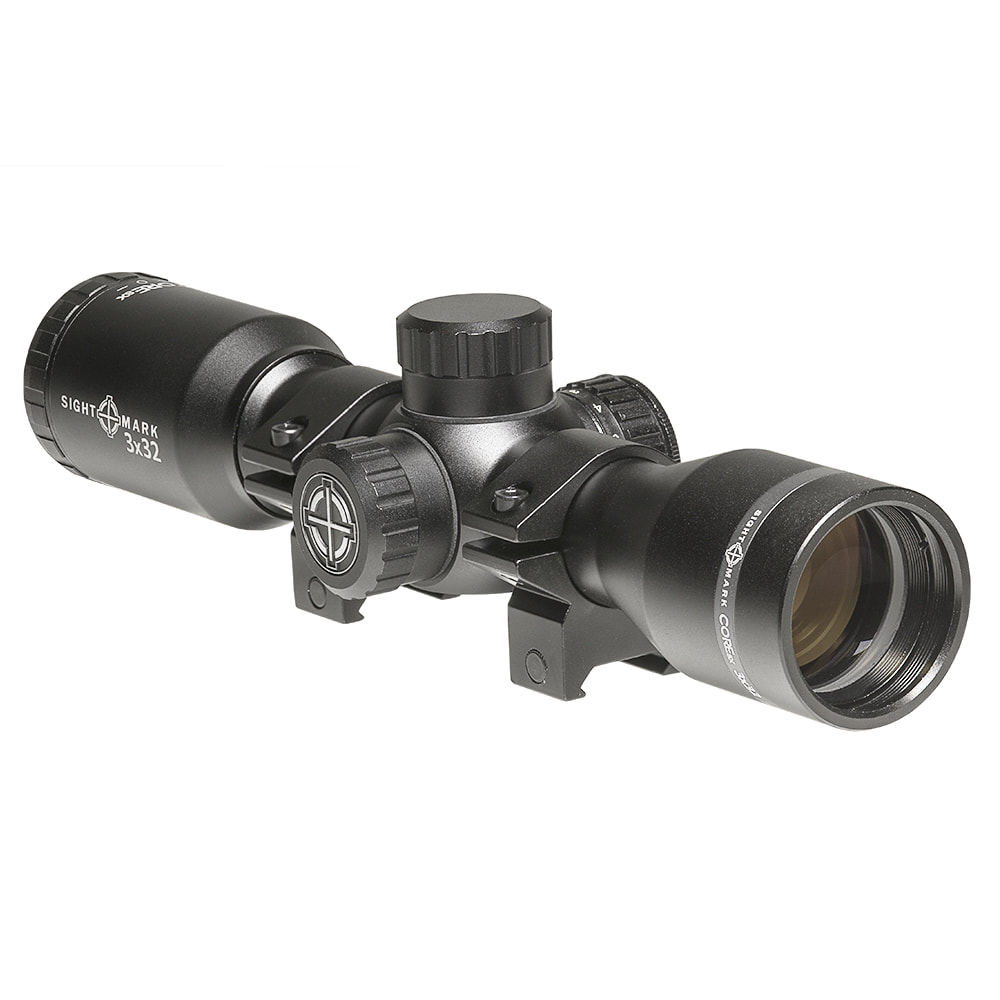
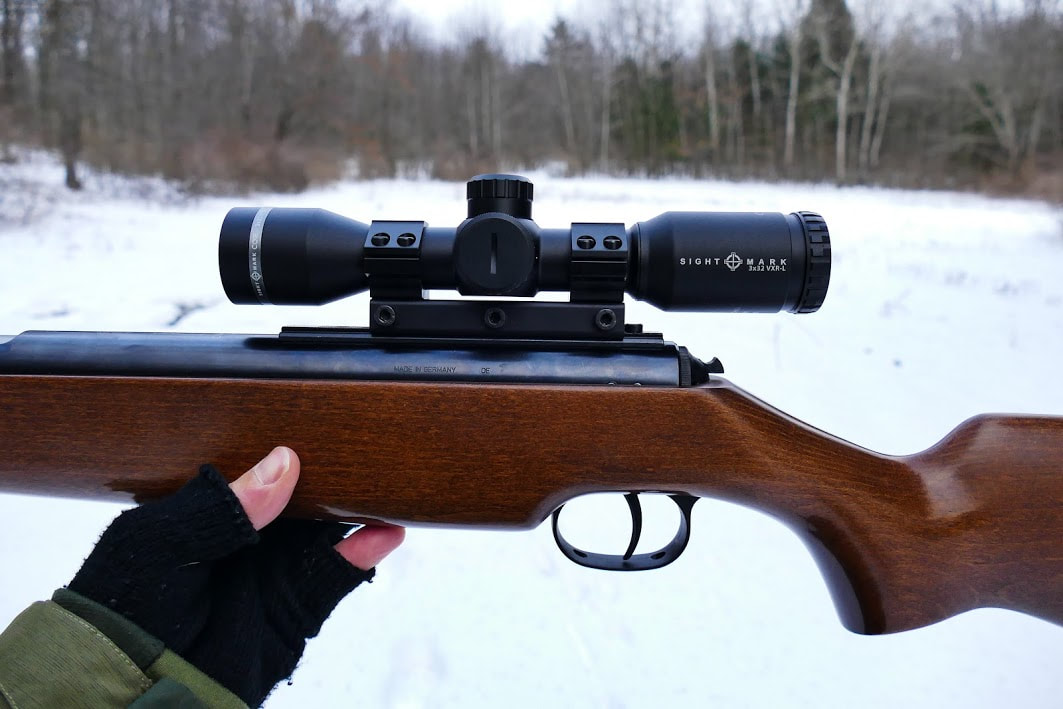
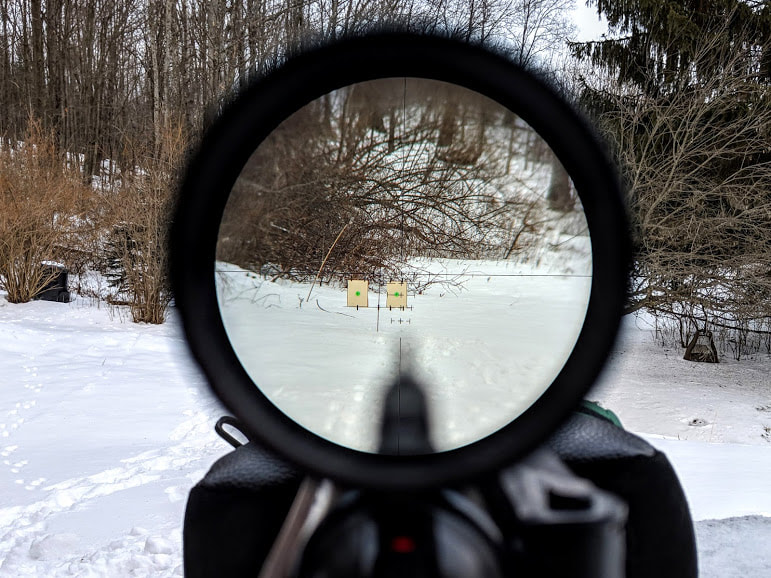
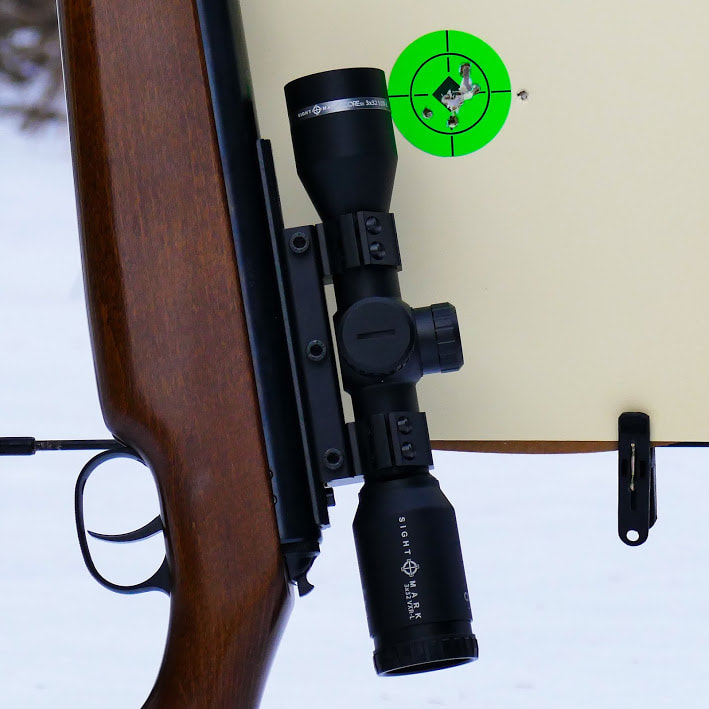
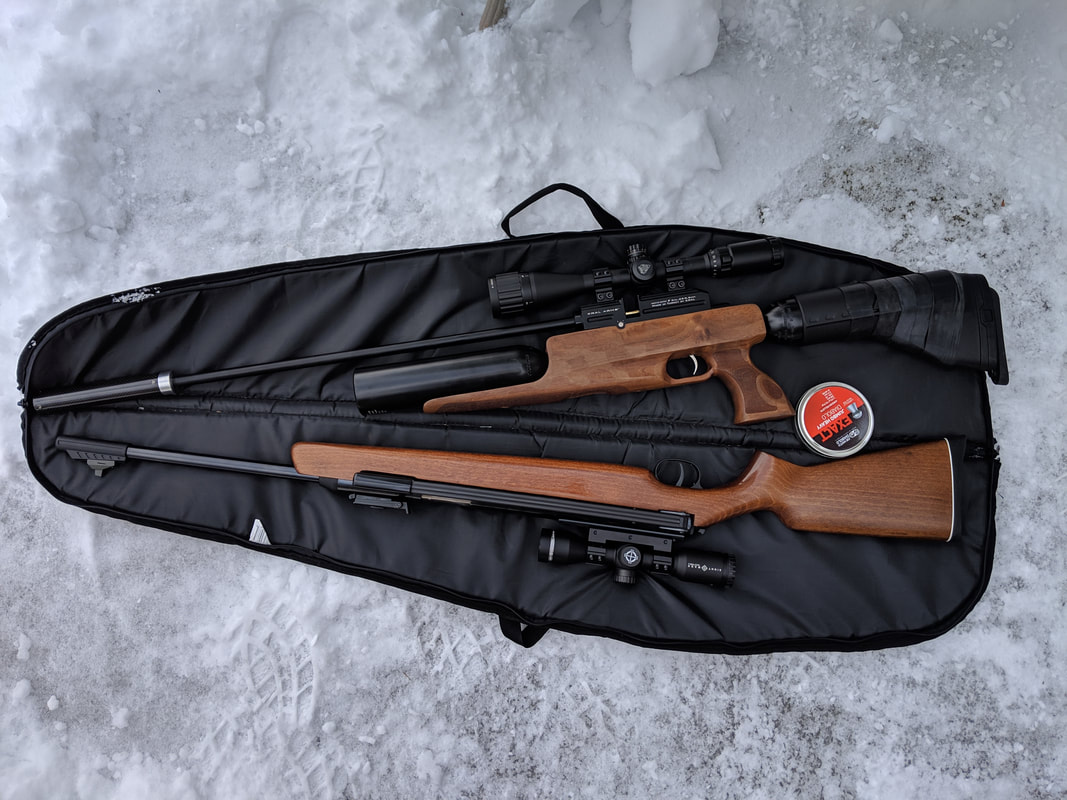
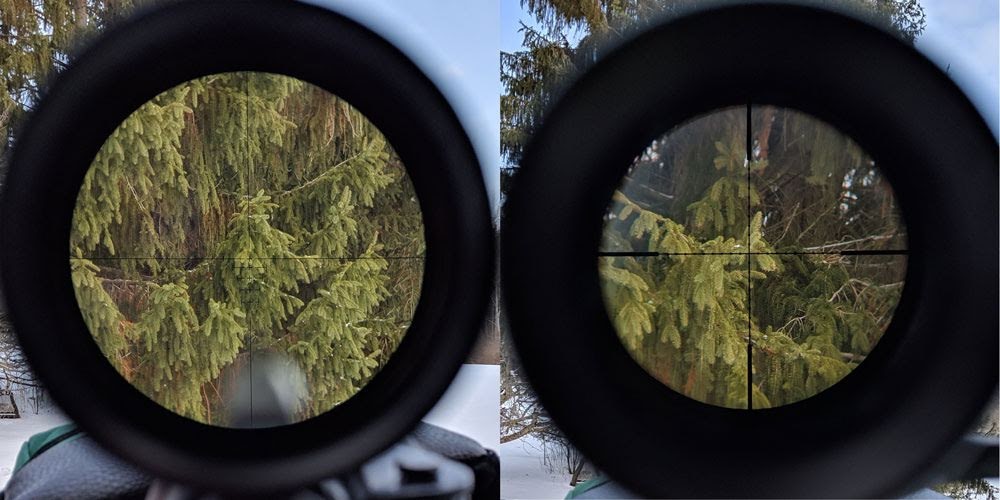
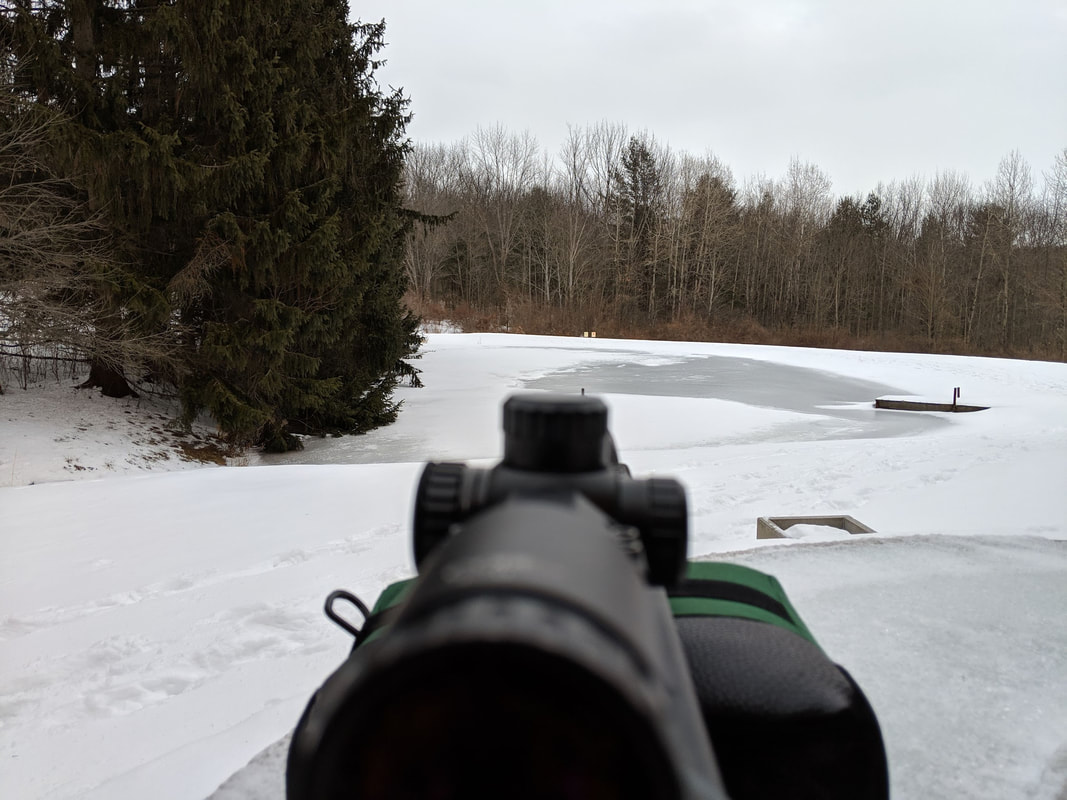
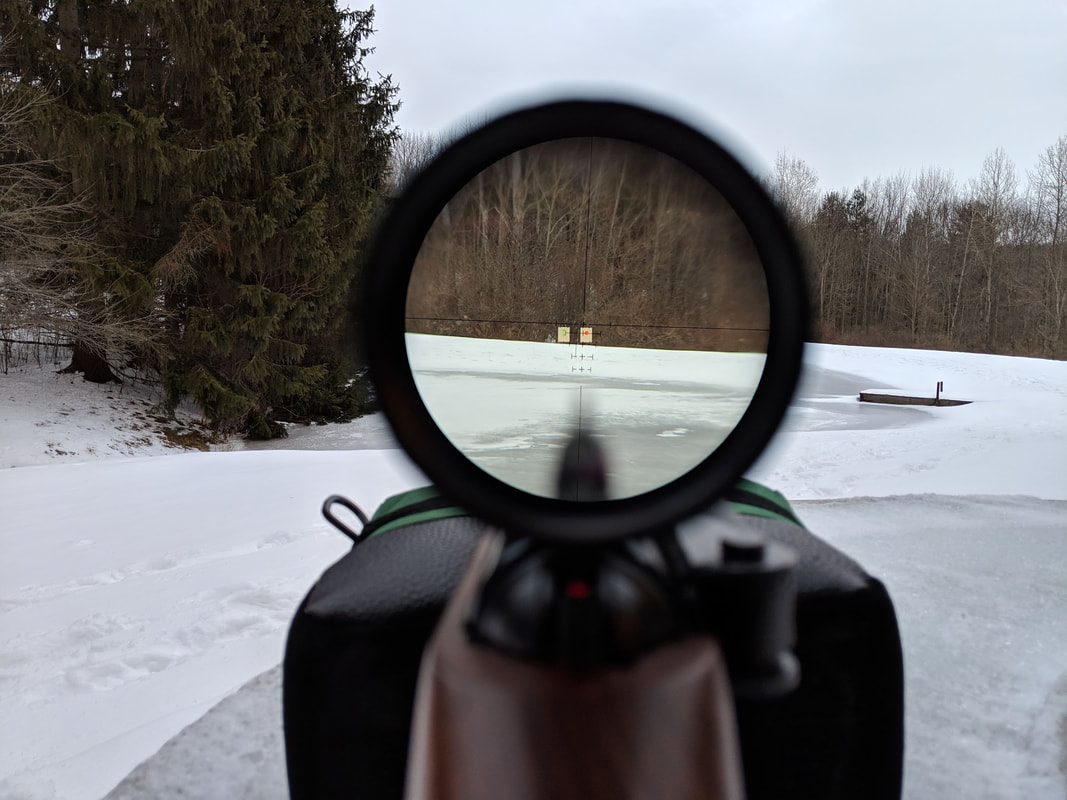
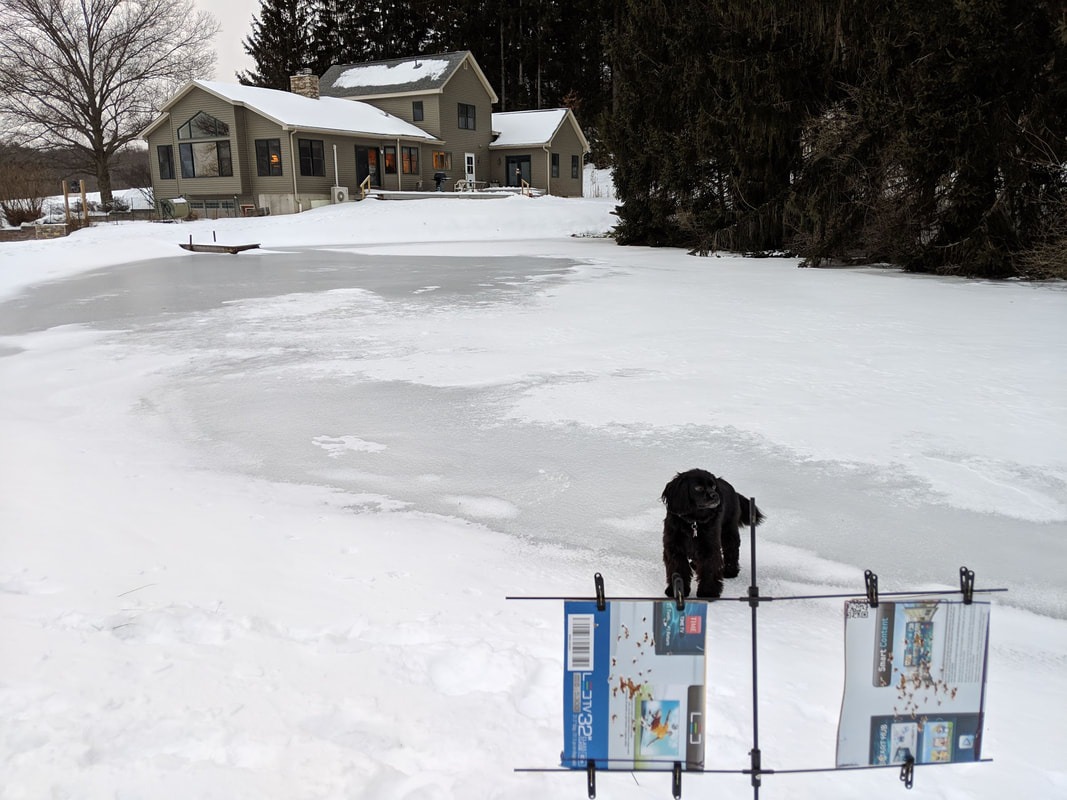
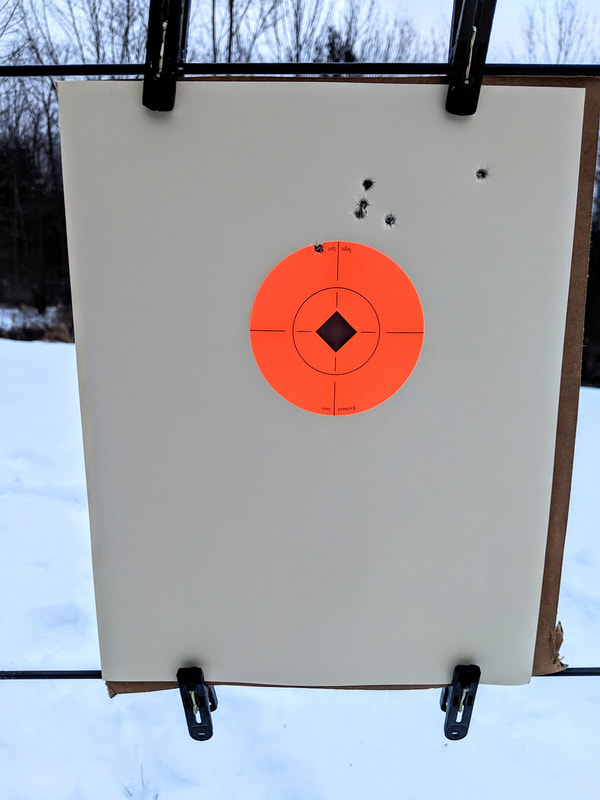
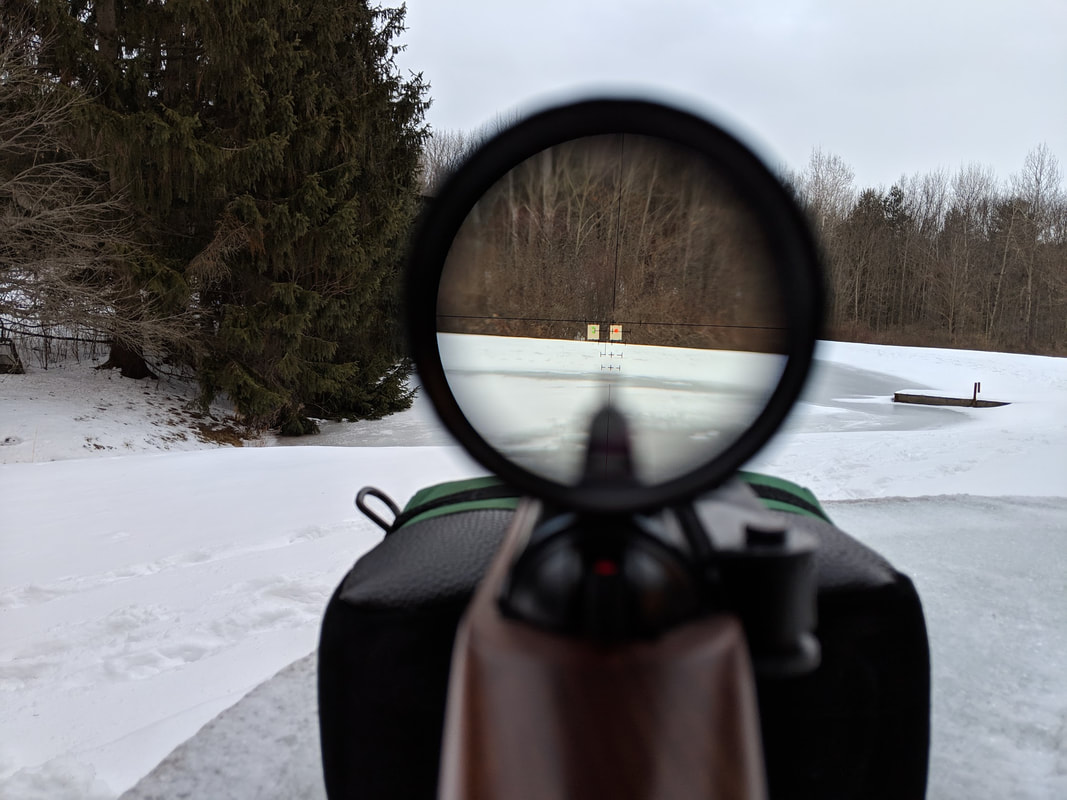
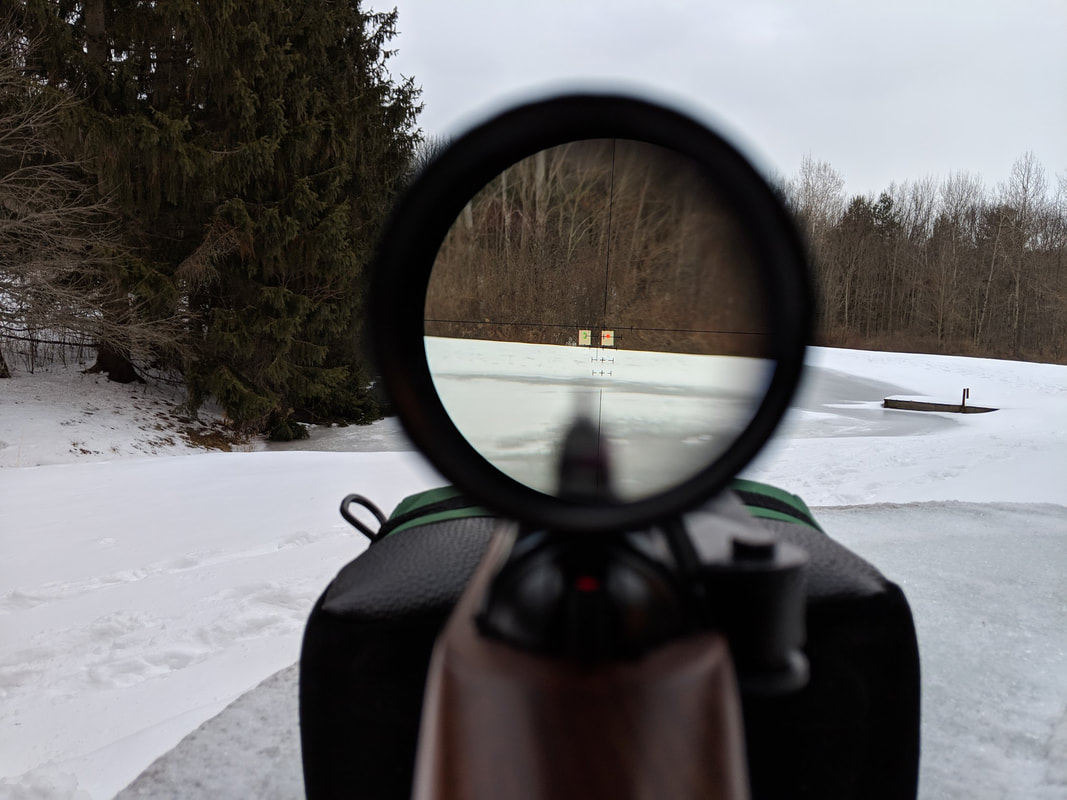
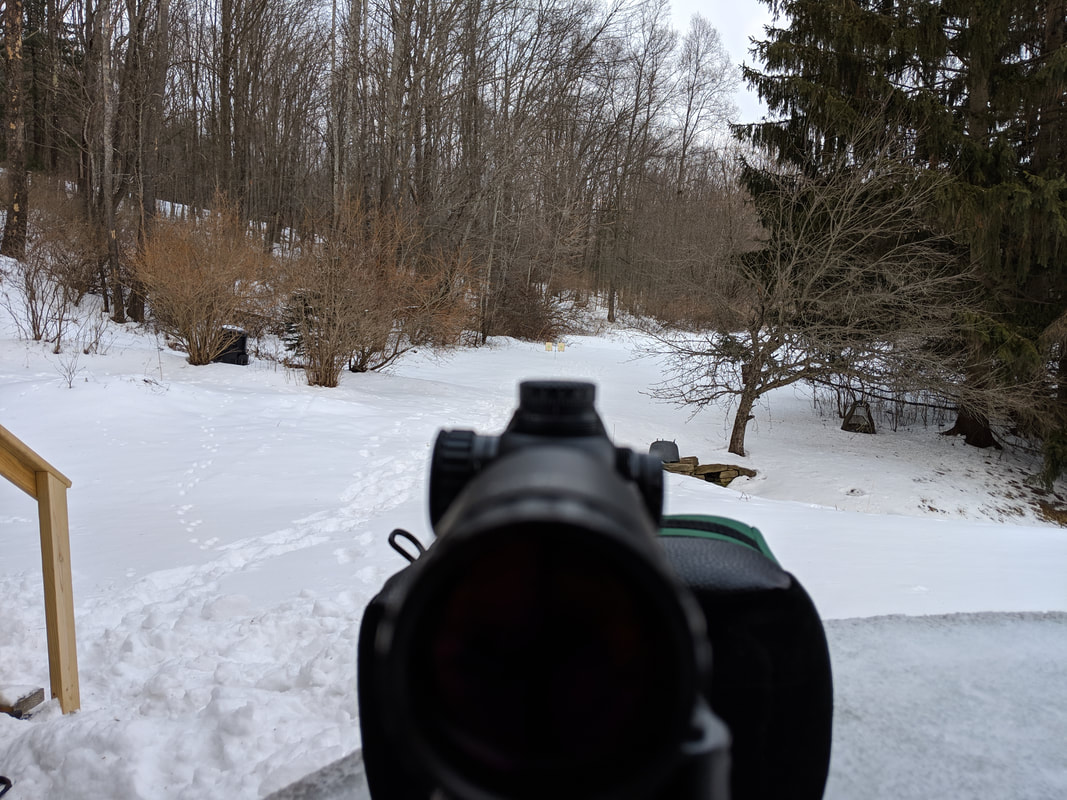
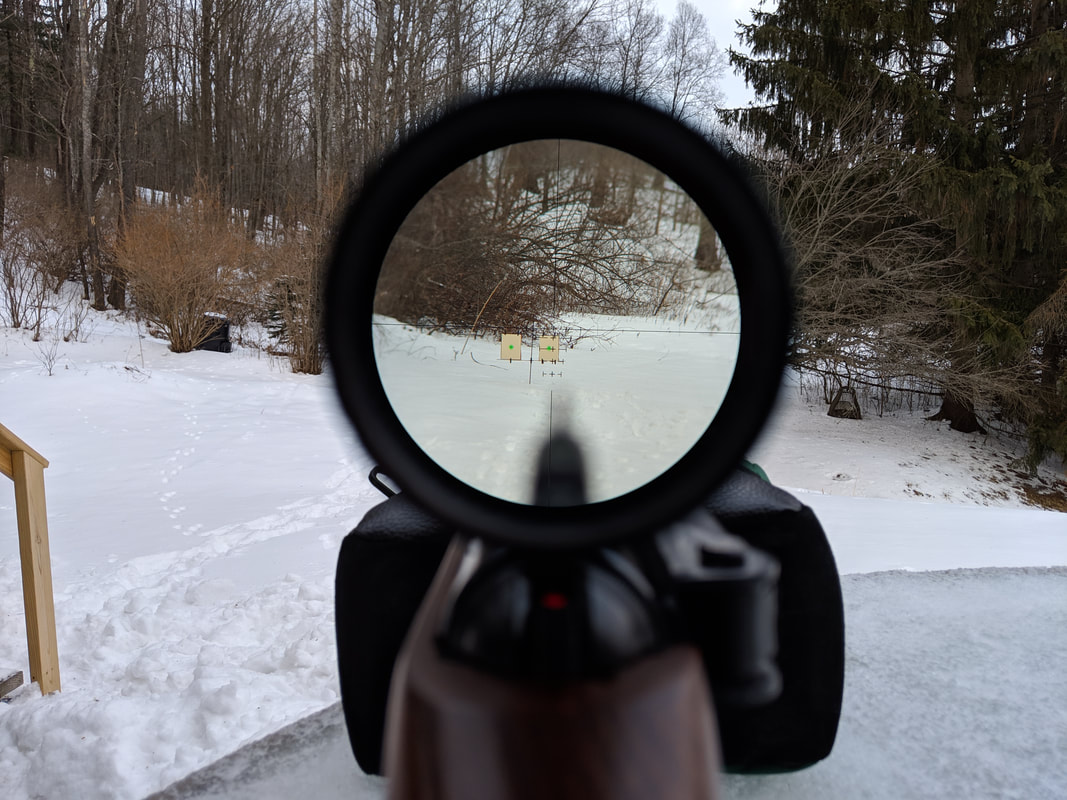
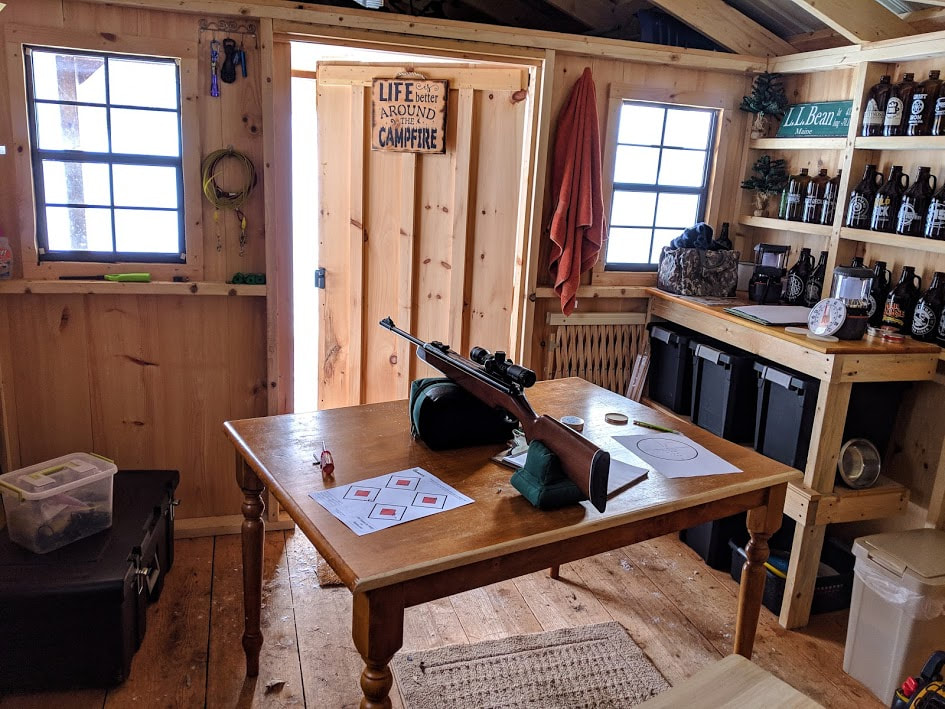
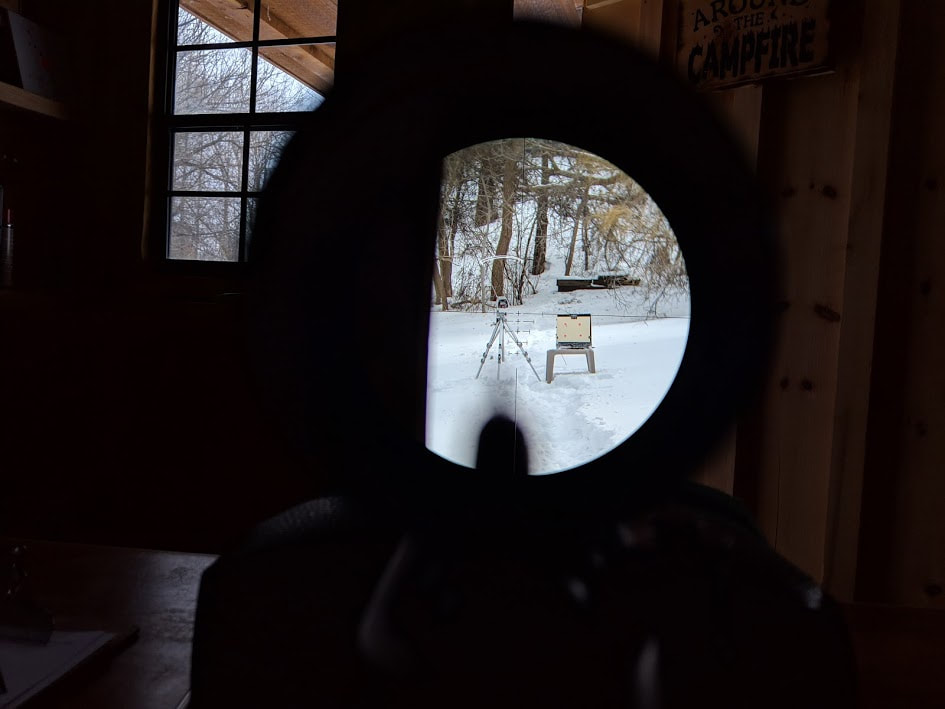
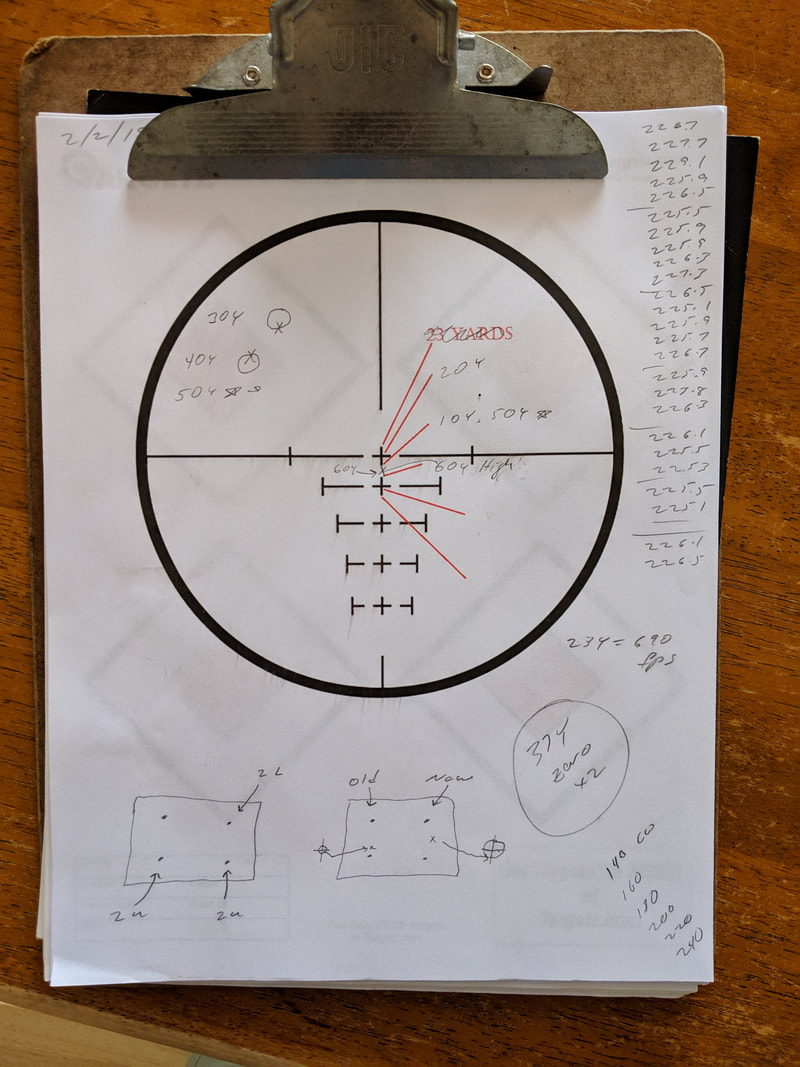
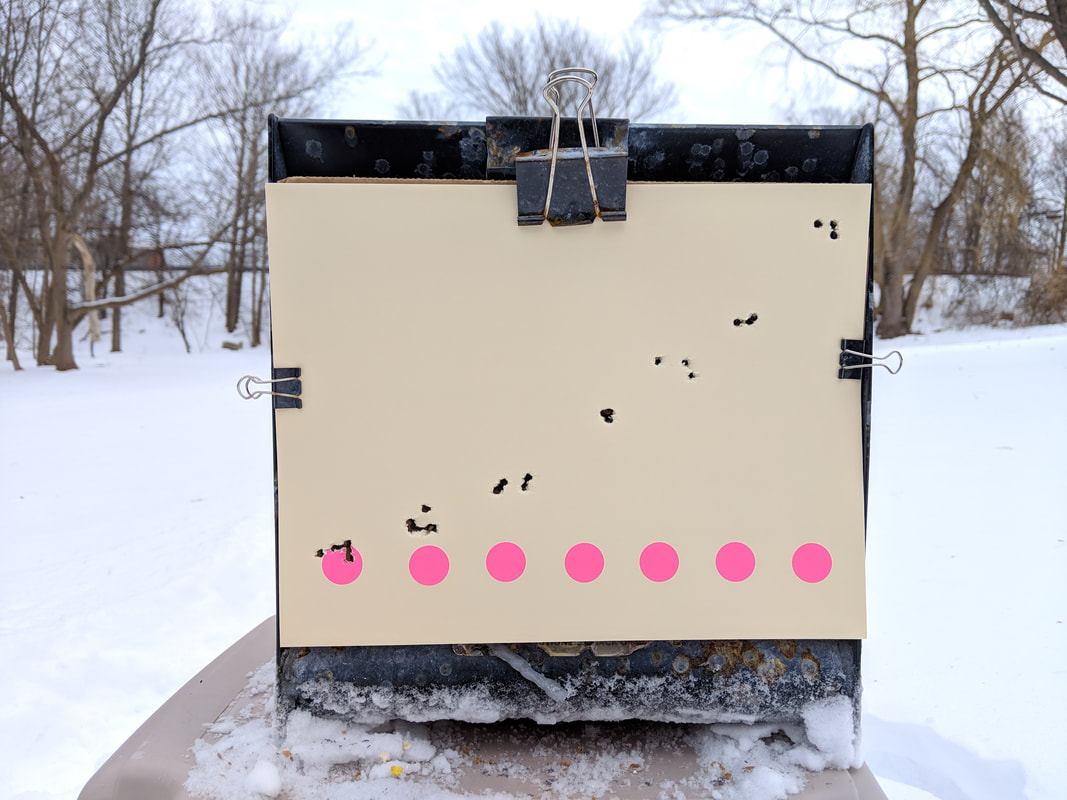
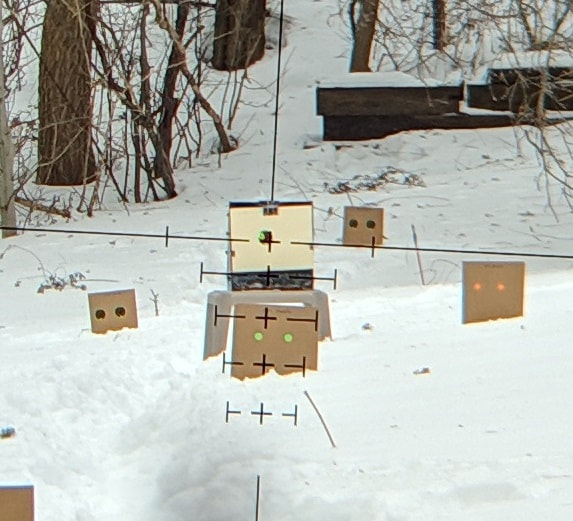
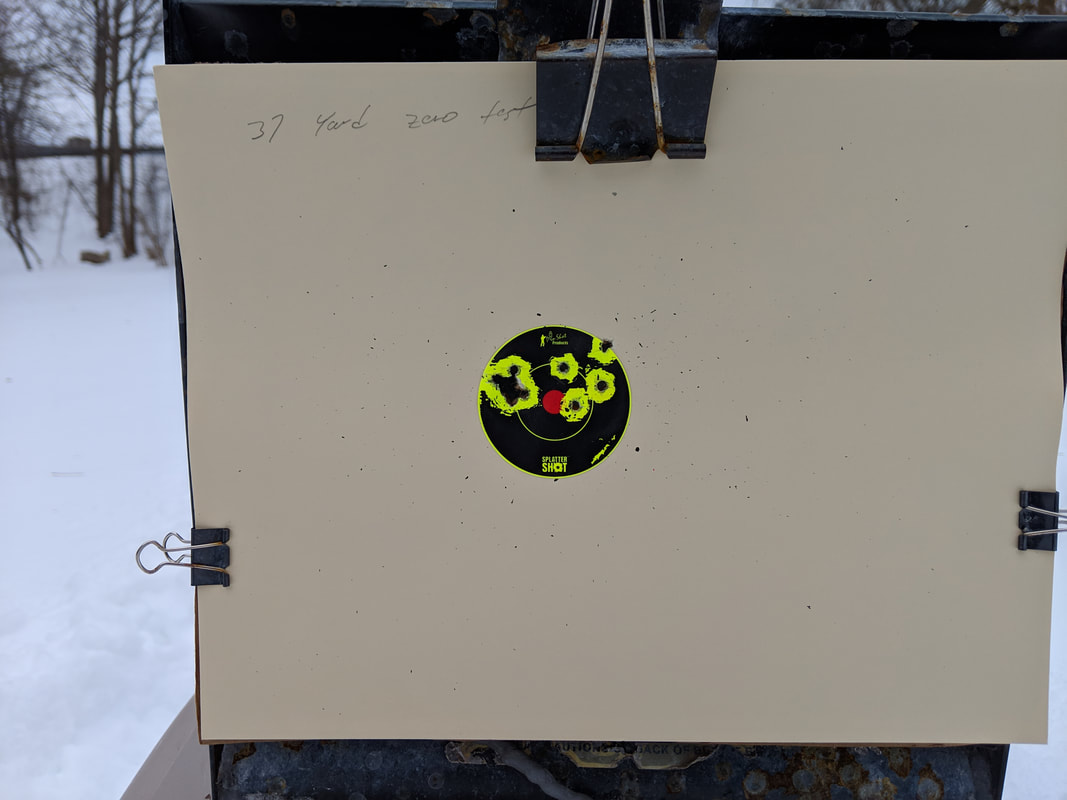
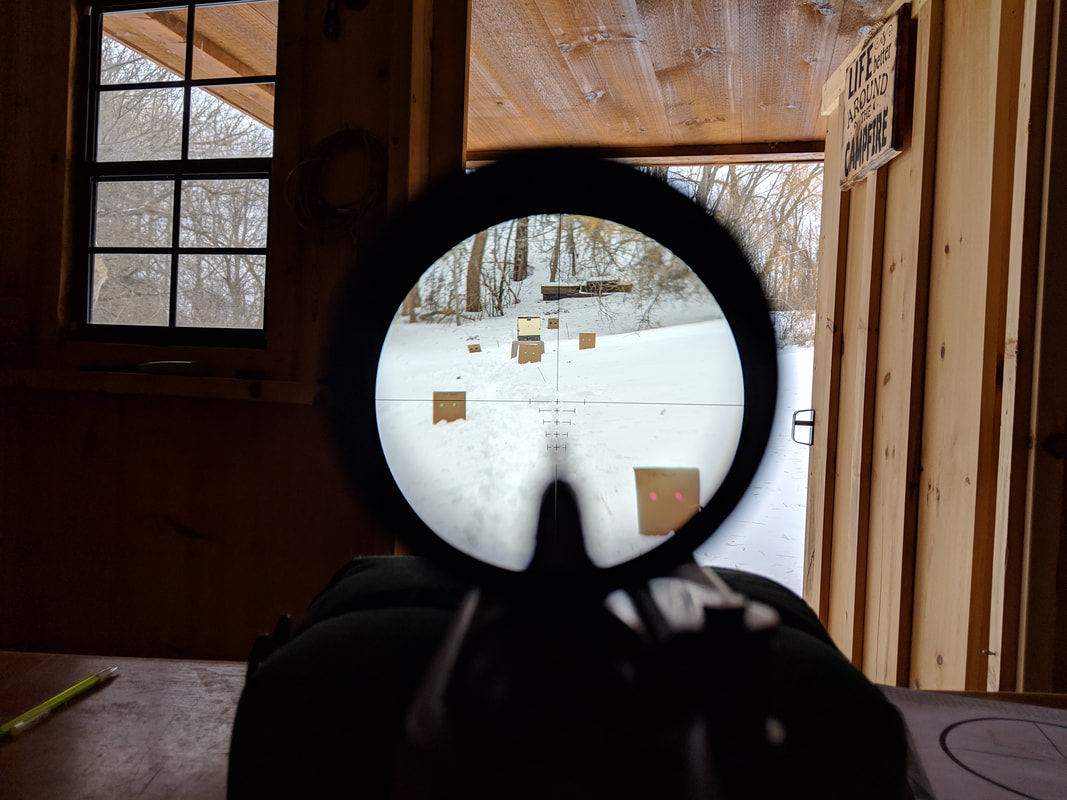
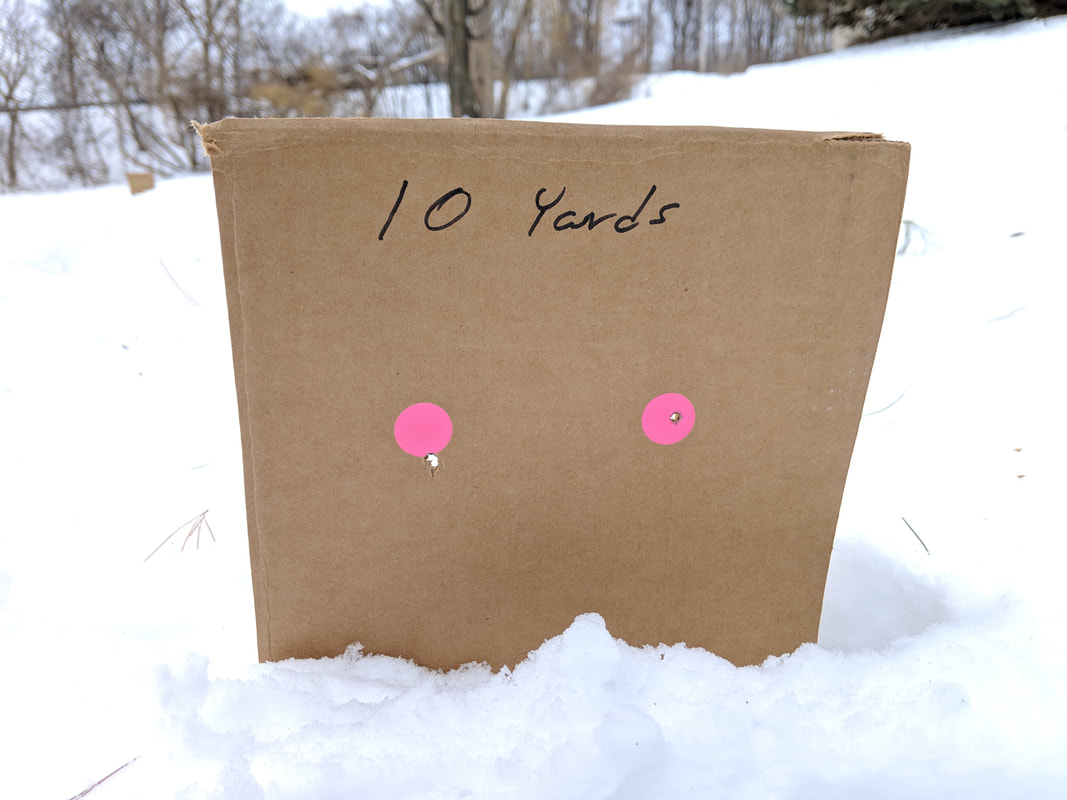

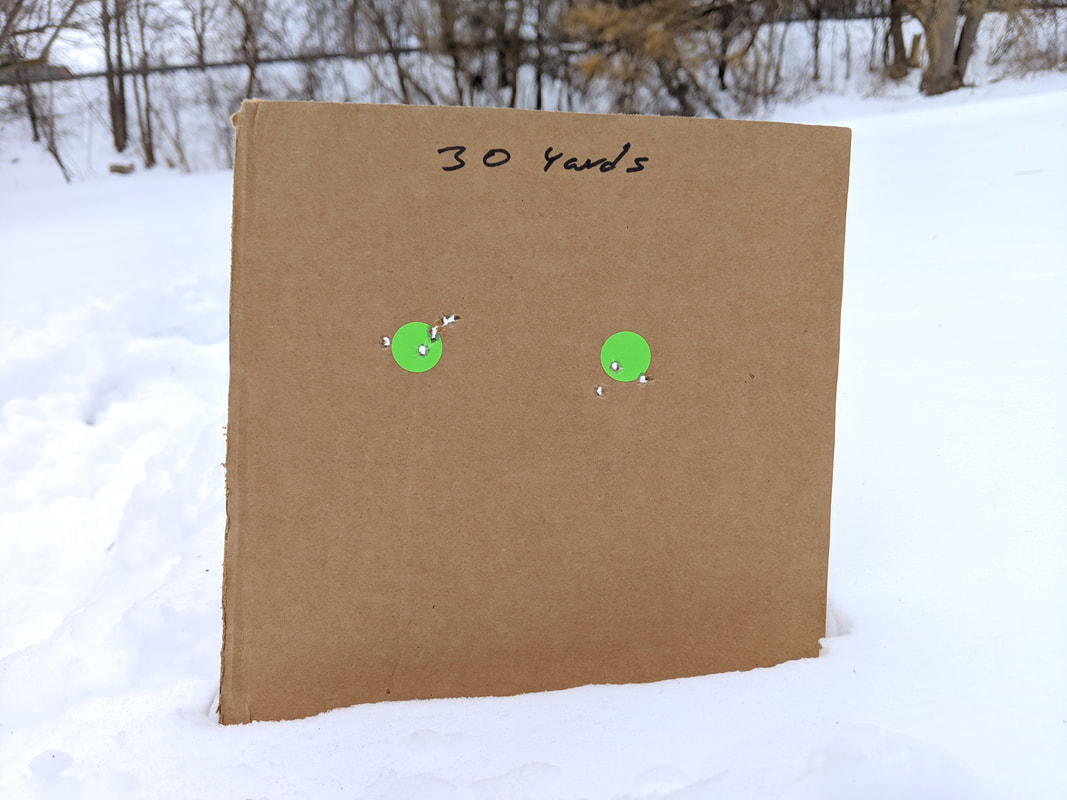
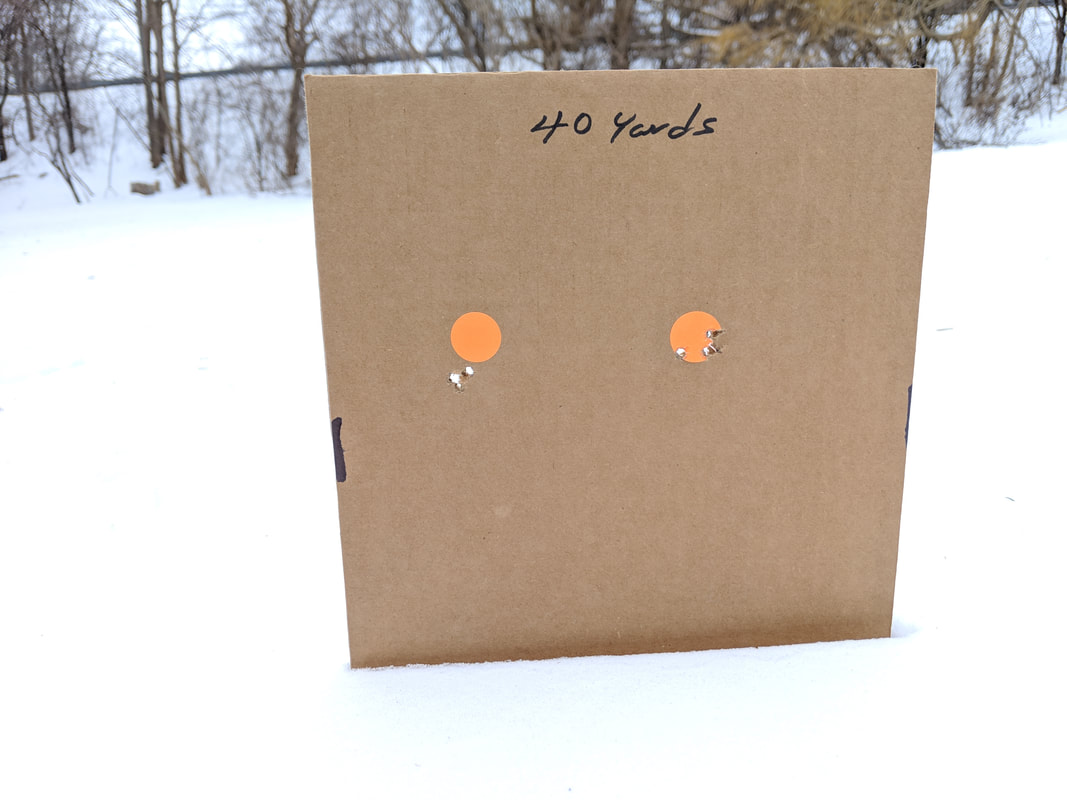
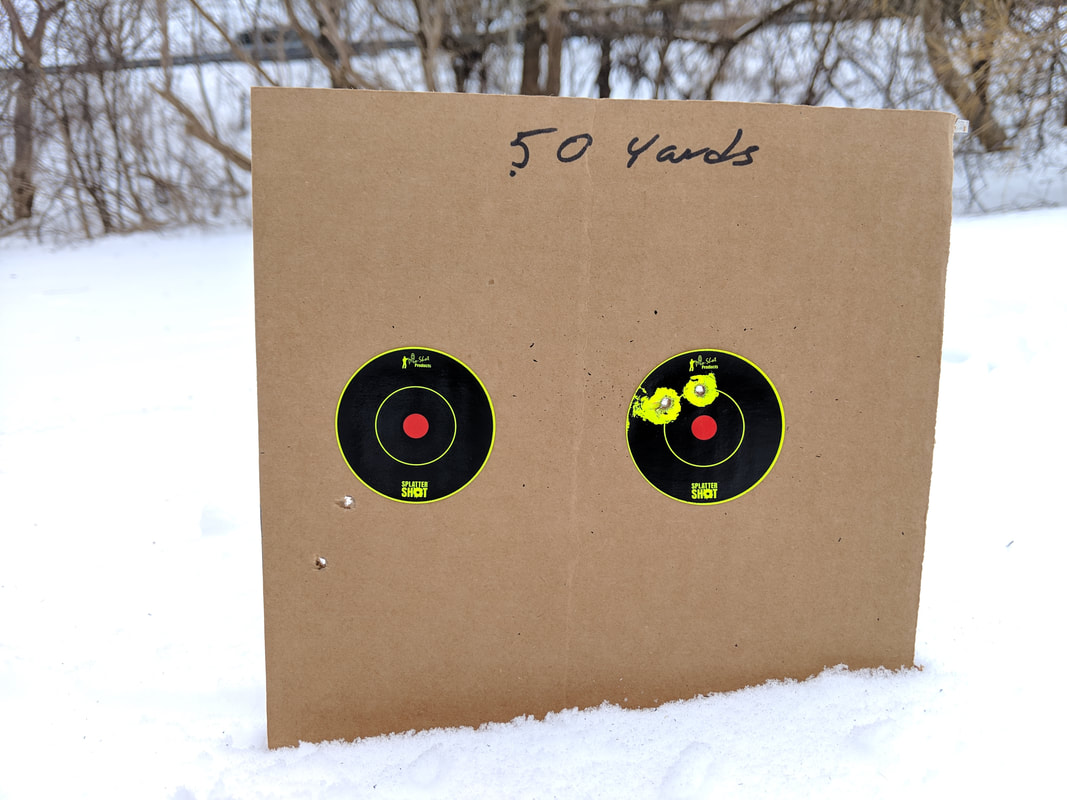
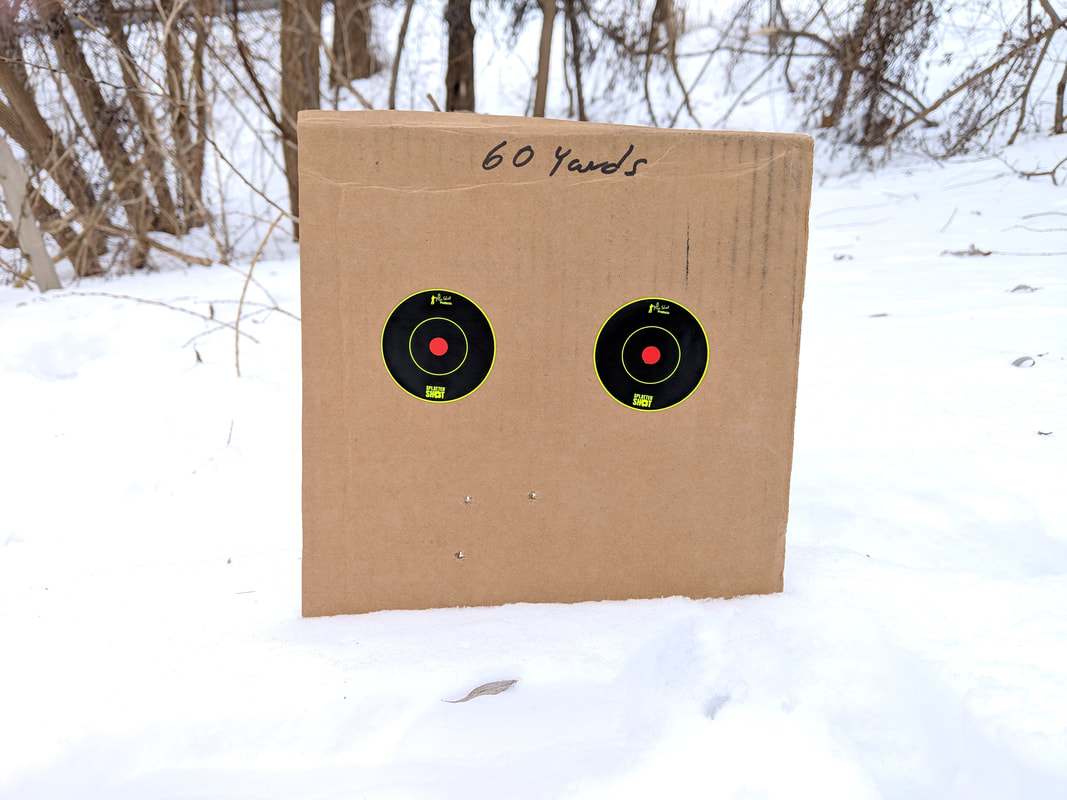
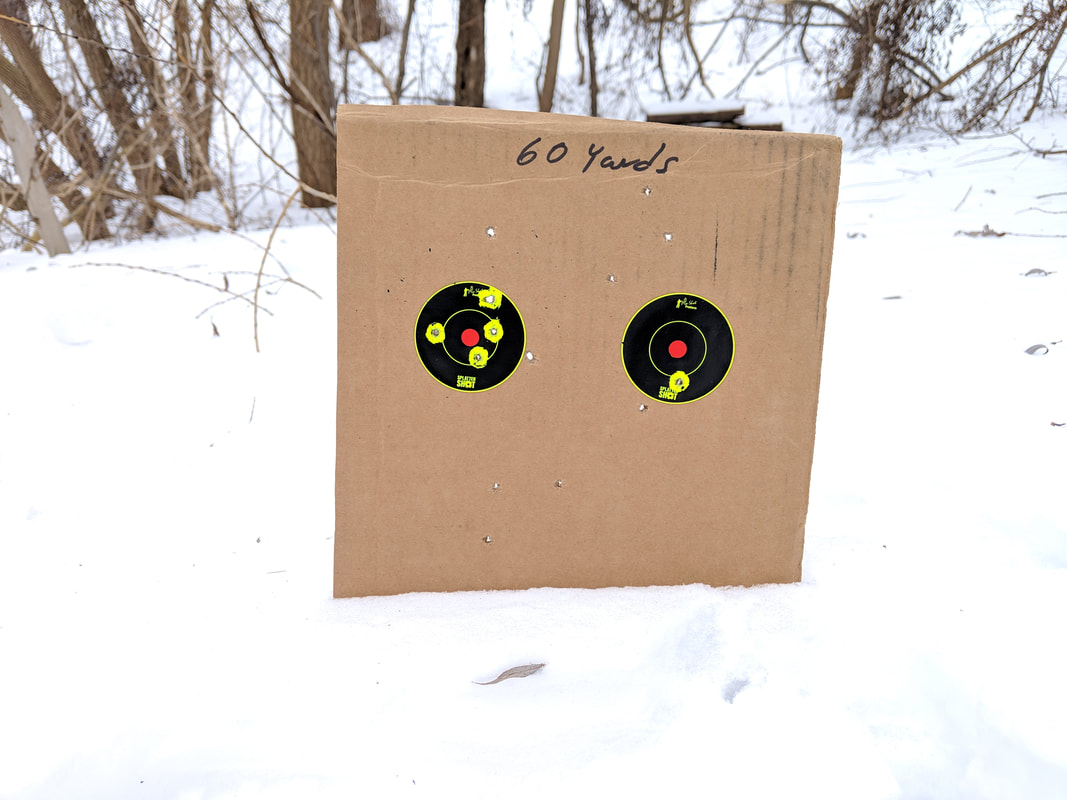
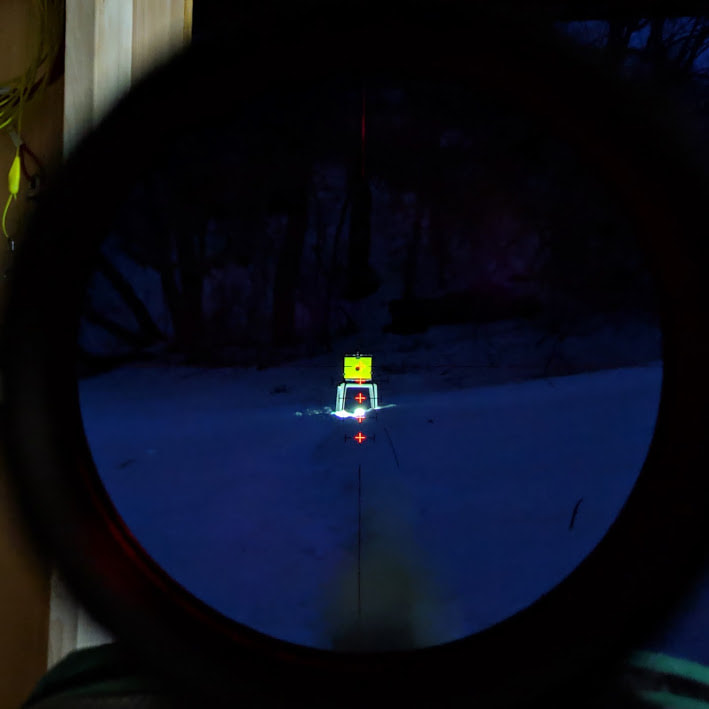
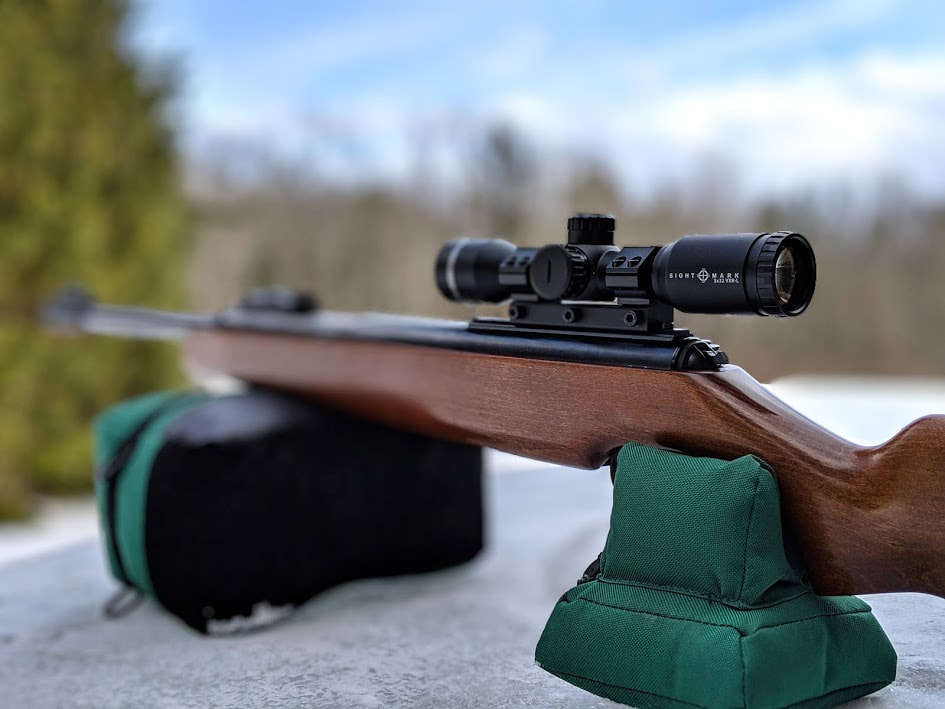
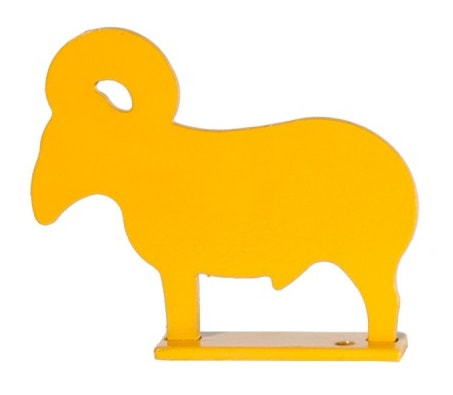
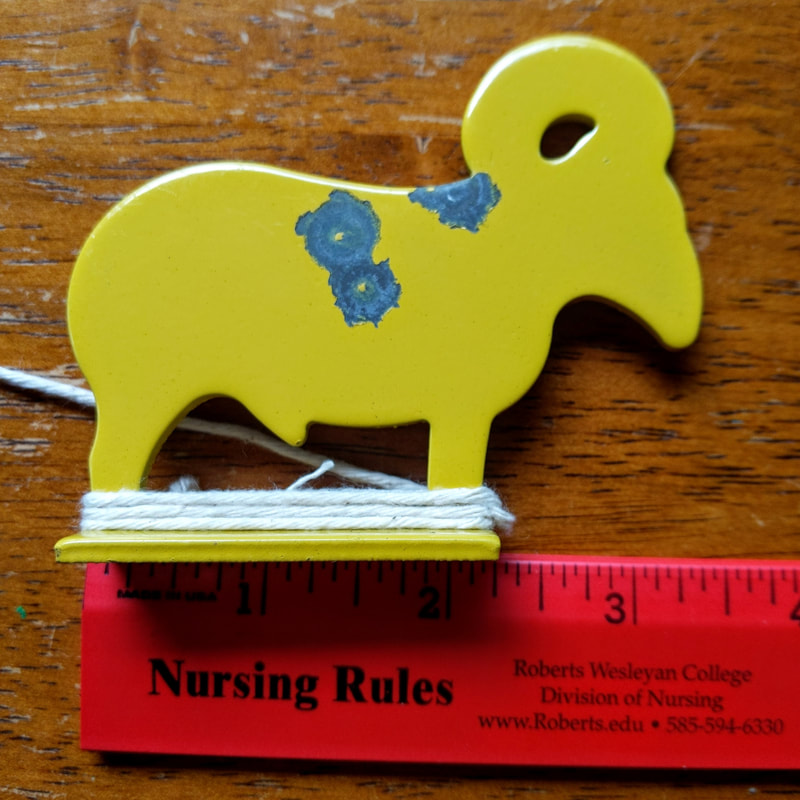
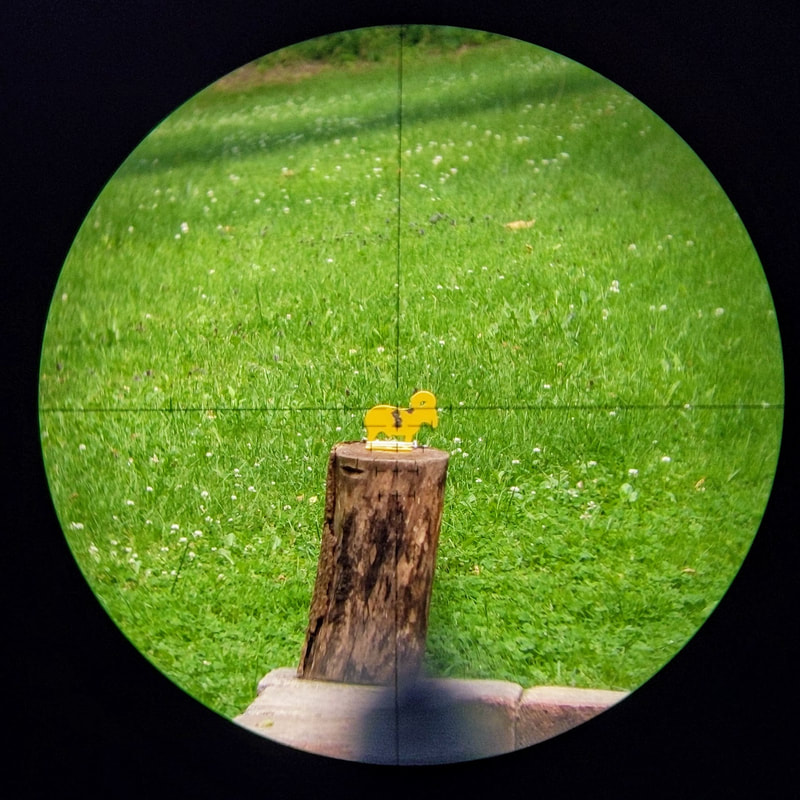
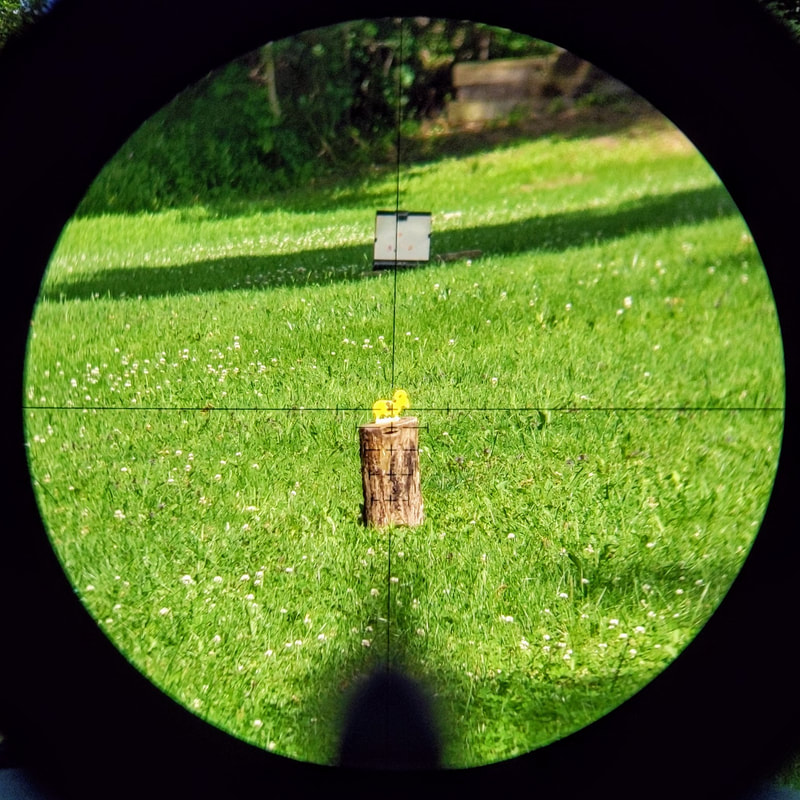
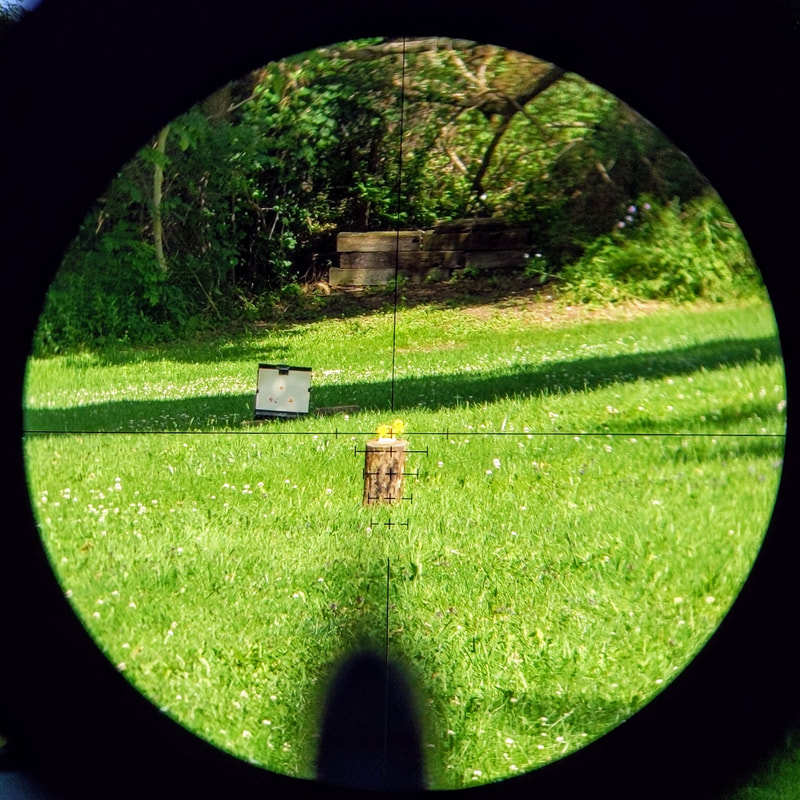
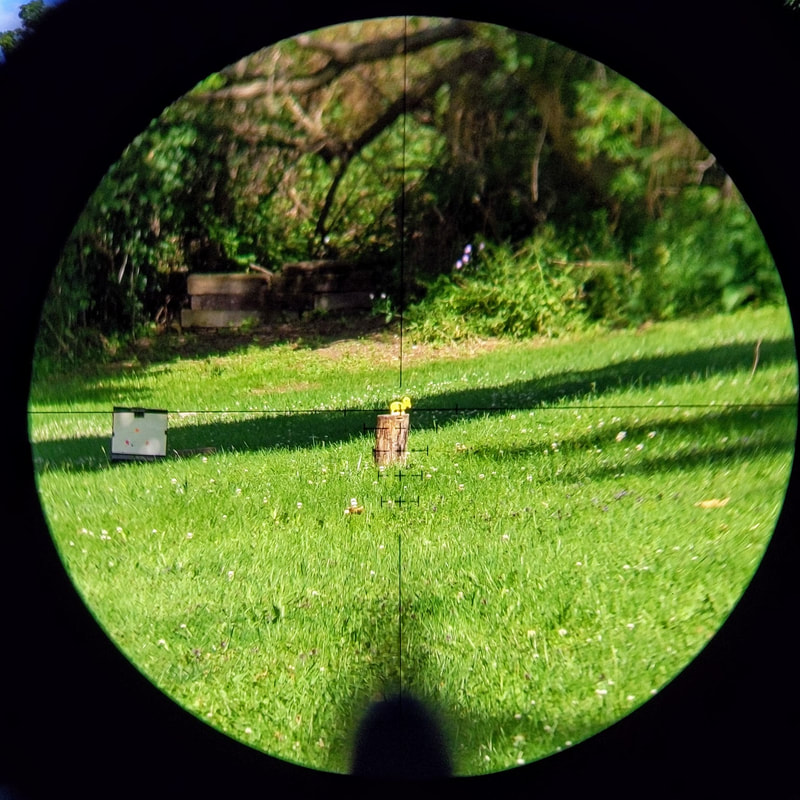
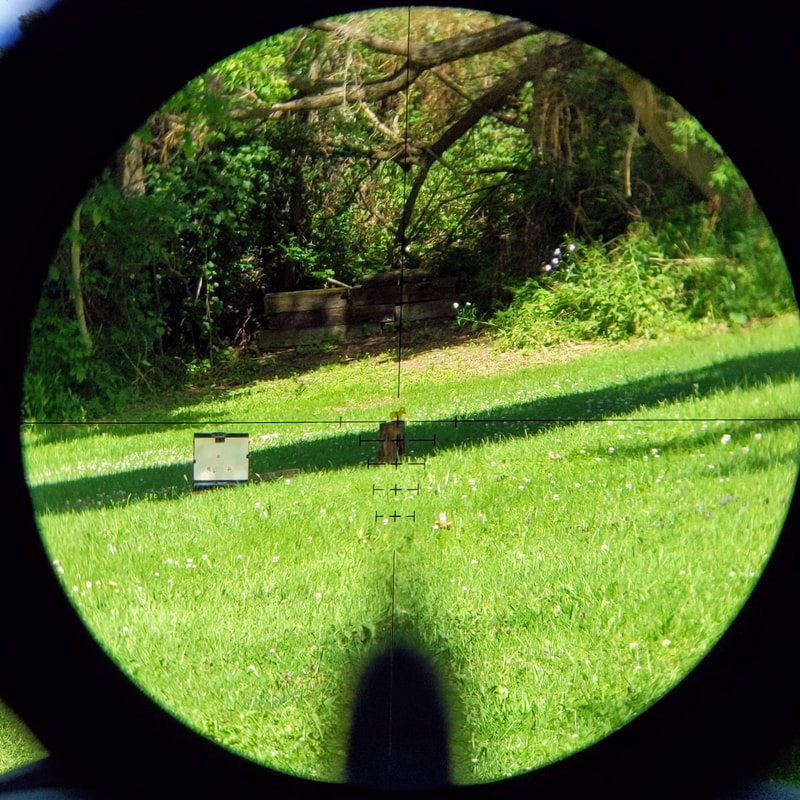
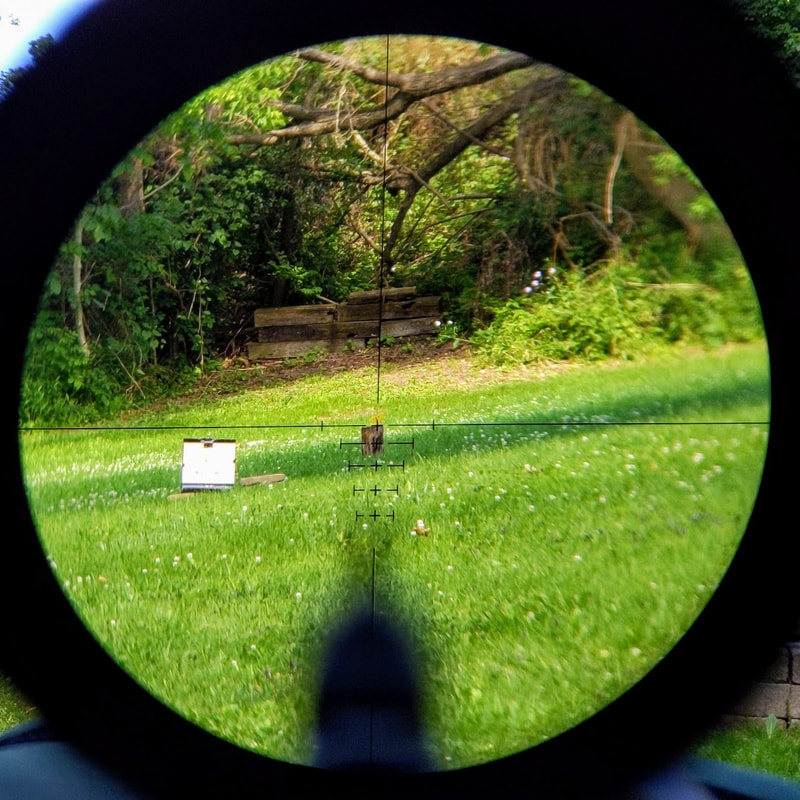
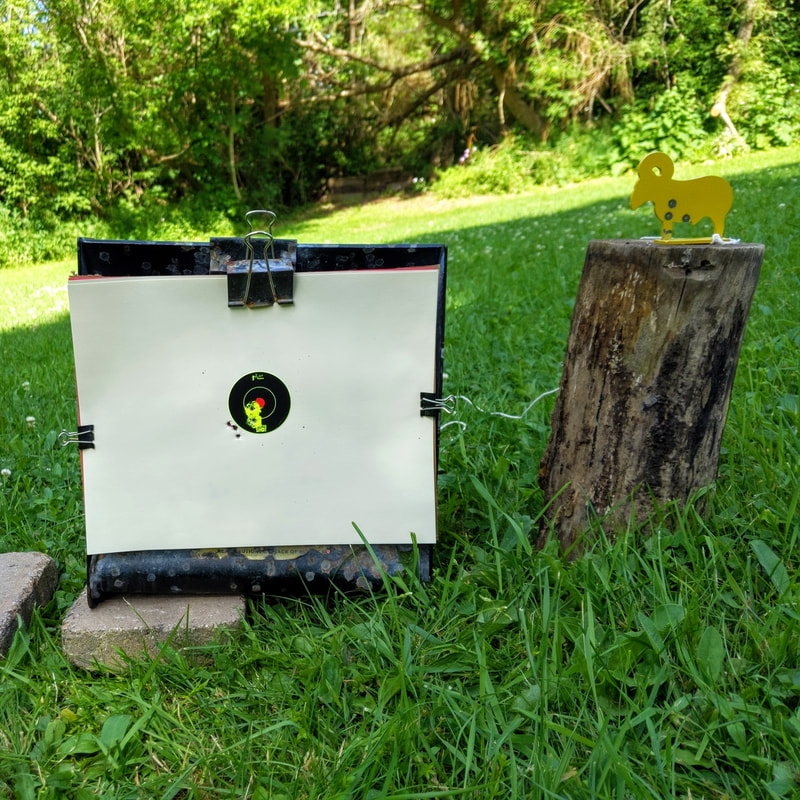

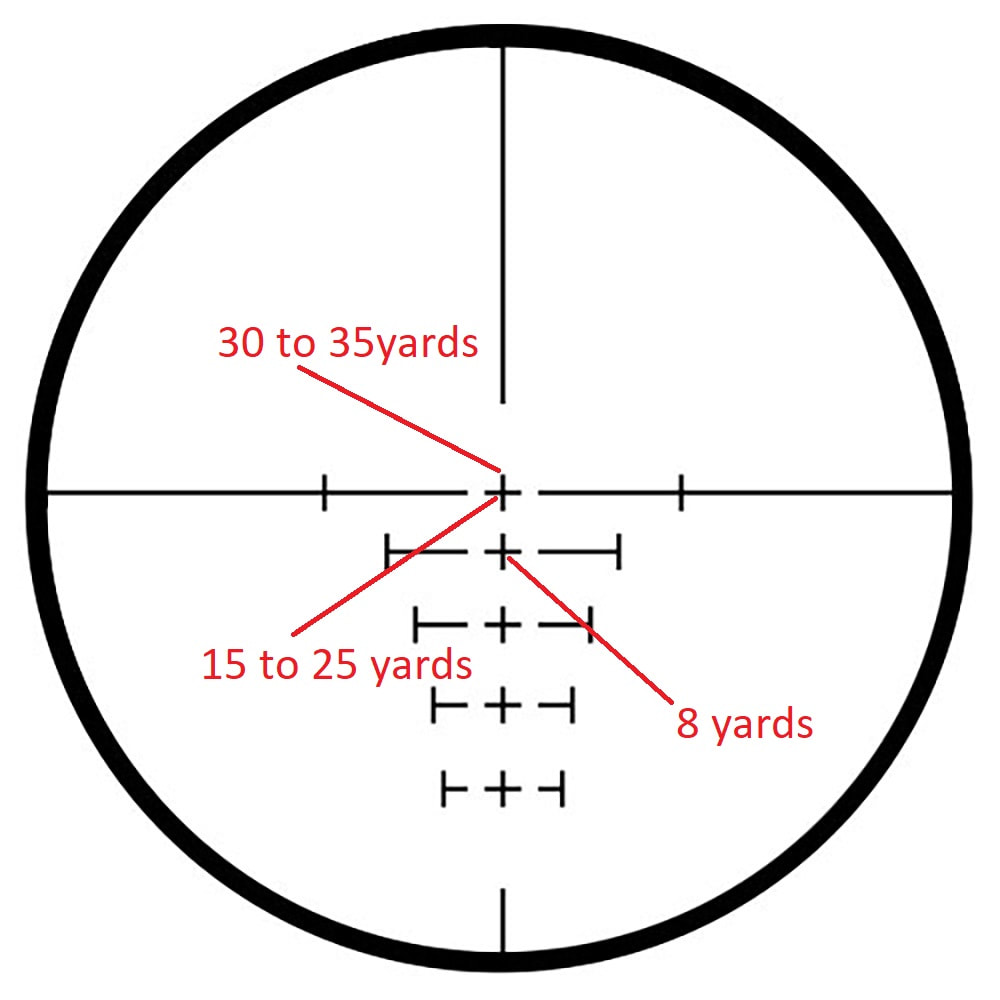
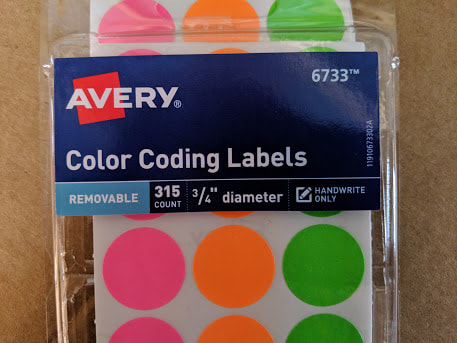
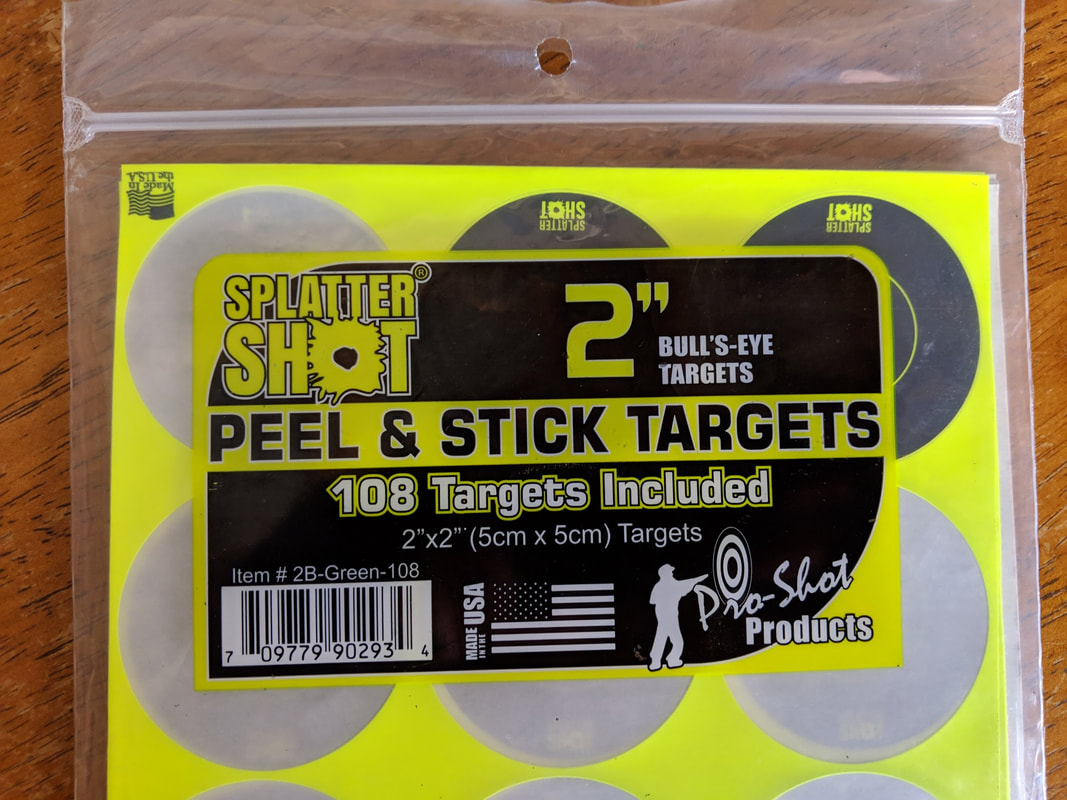
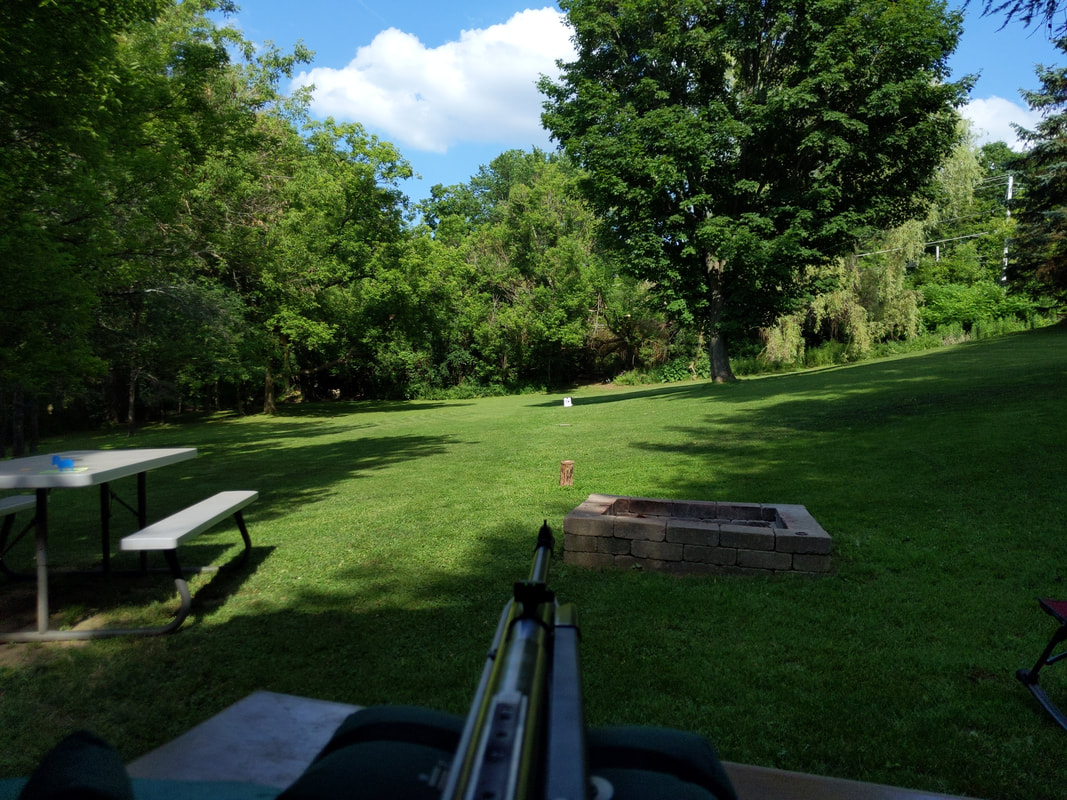

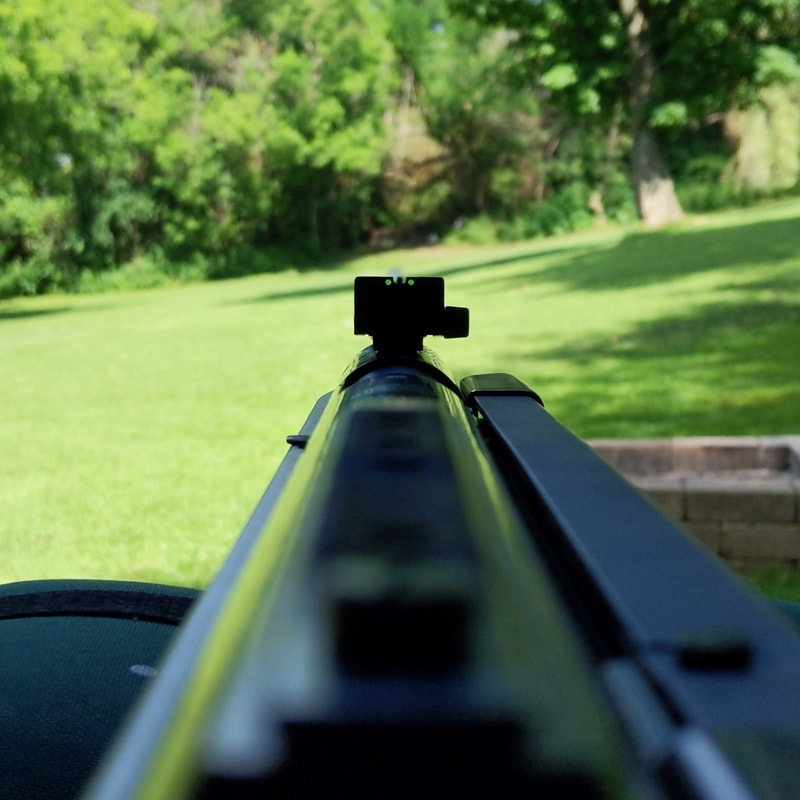
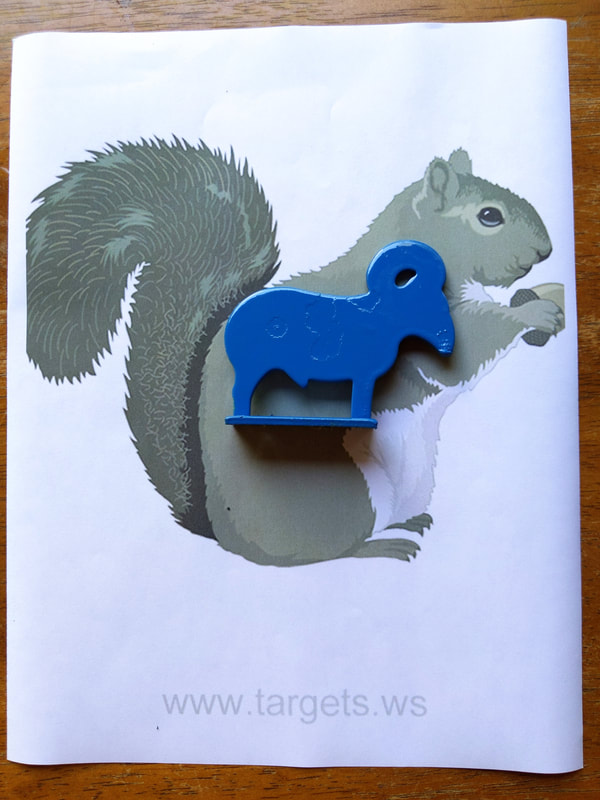


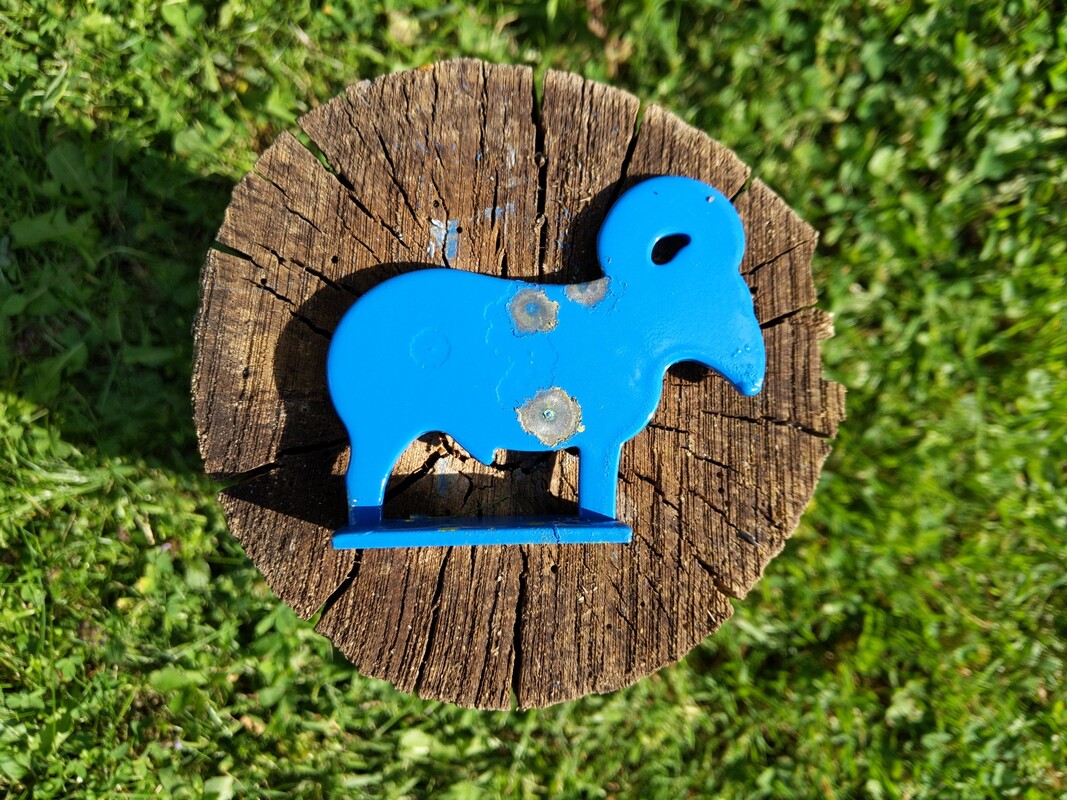
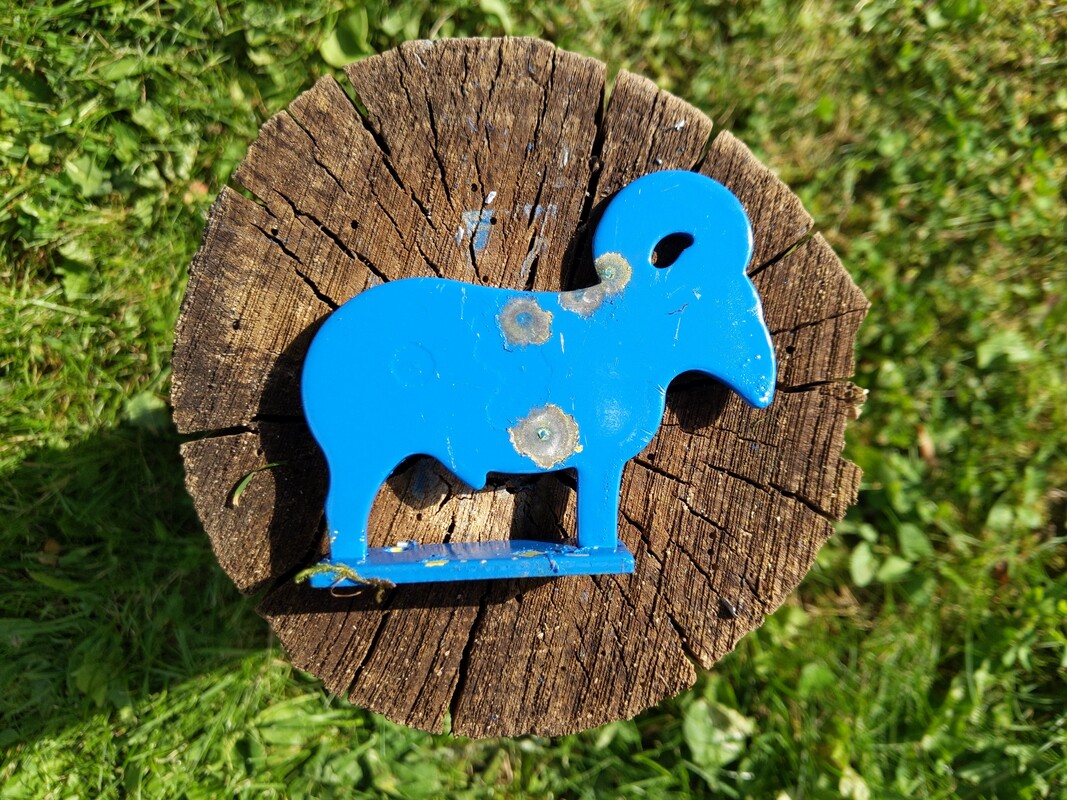
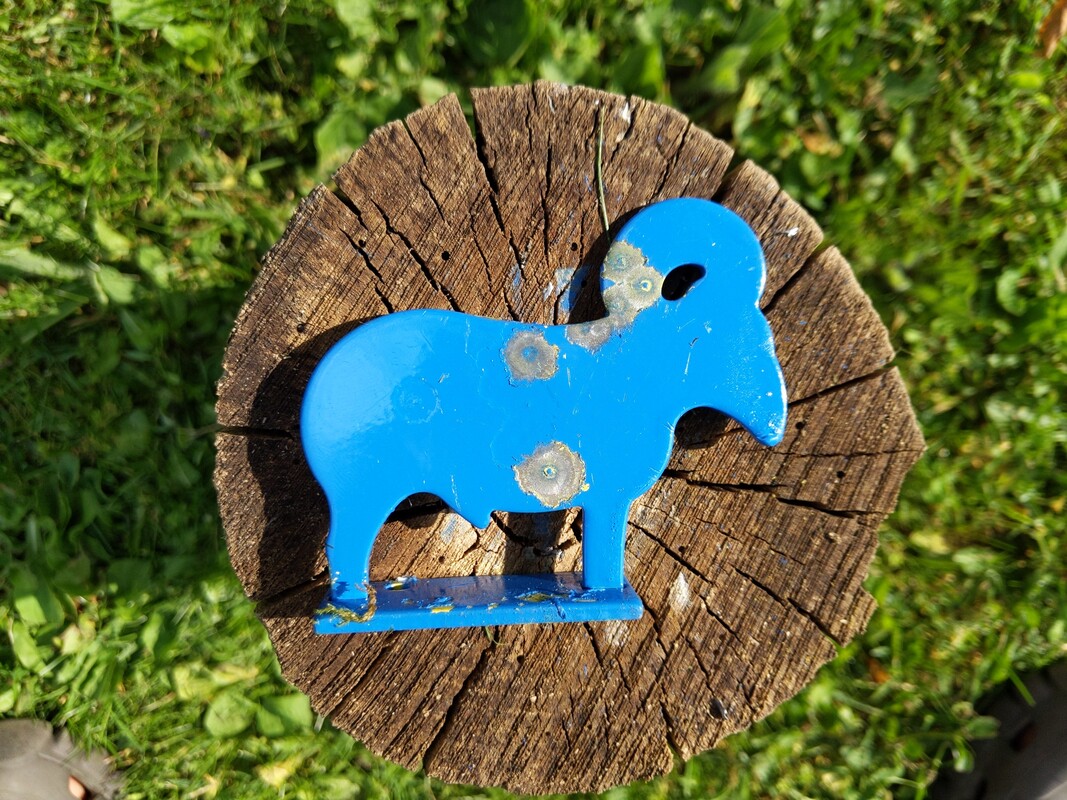
 RSS Feed
RSS Feed